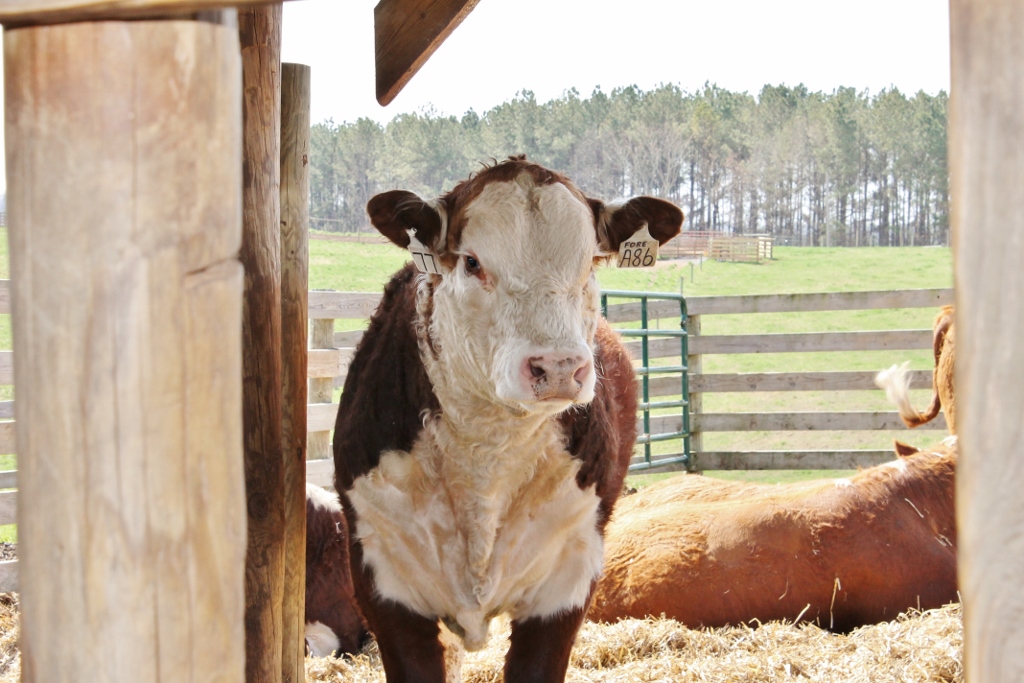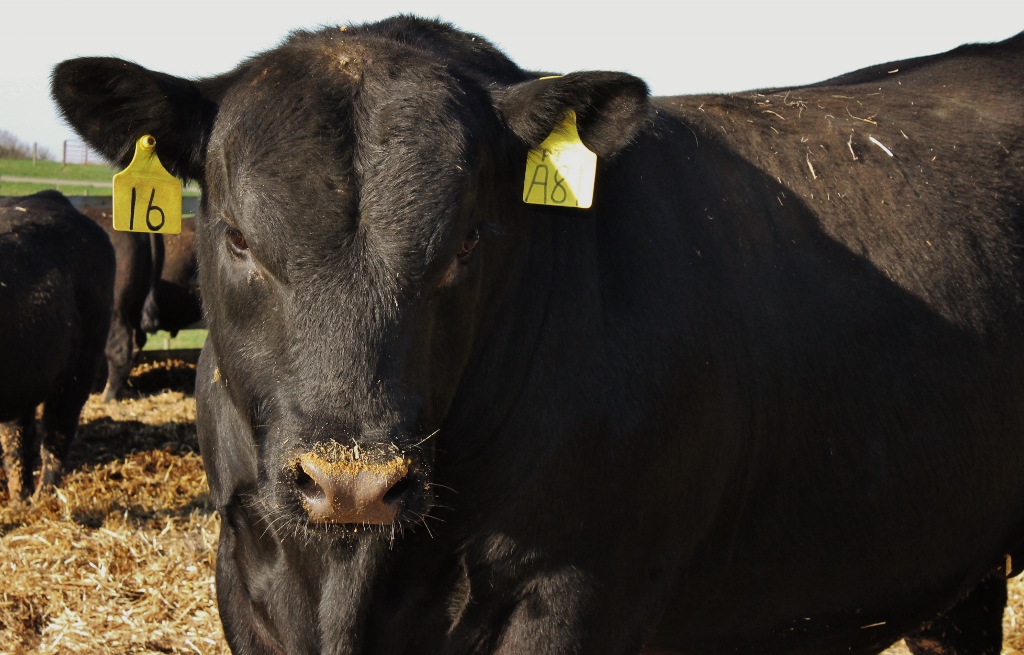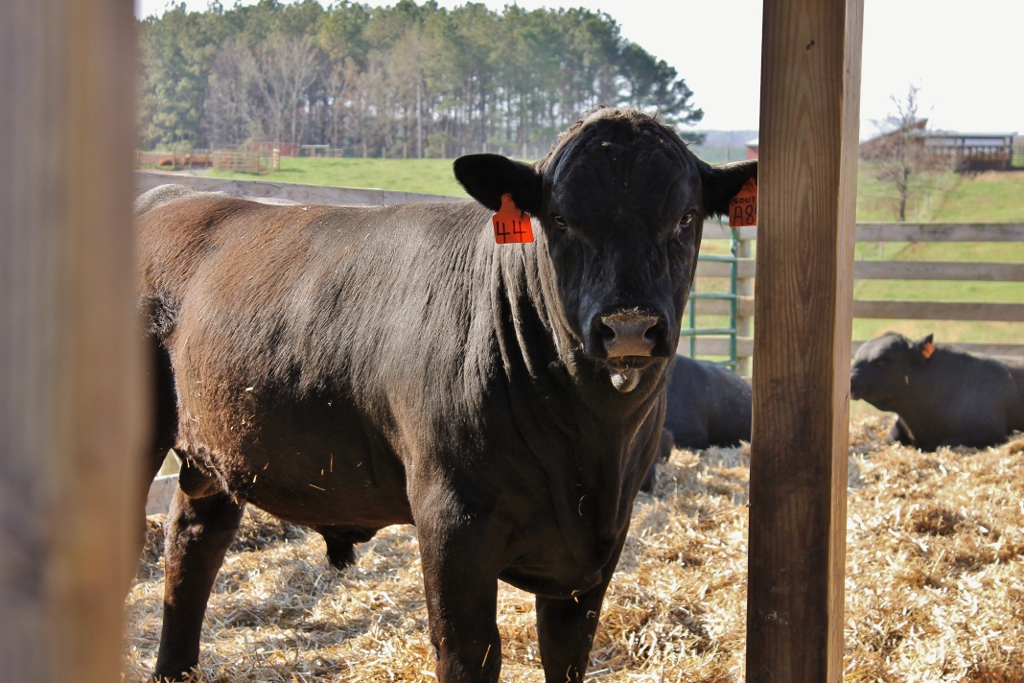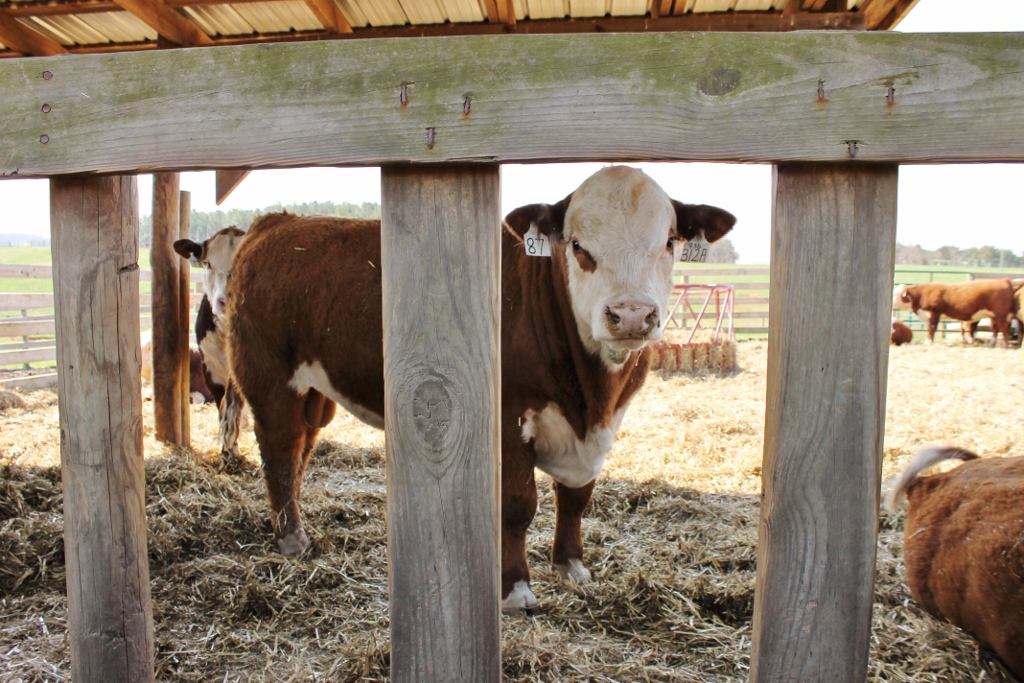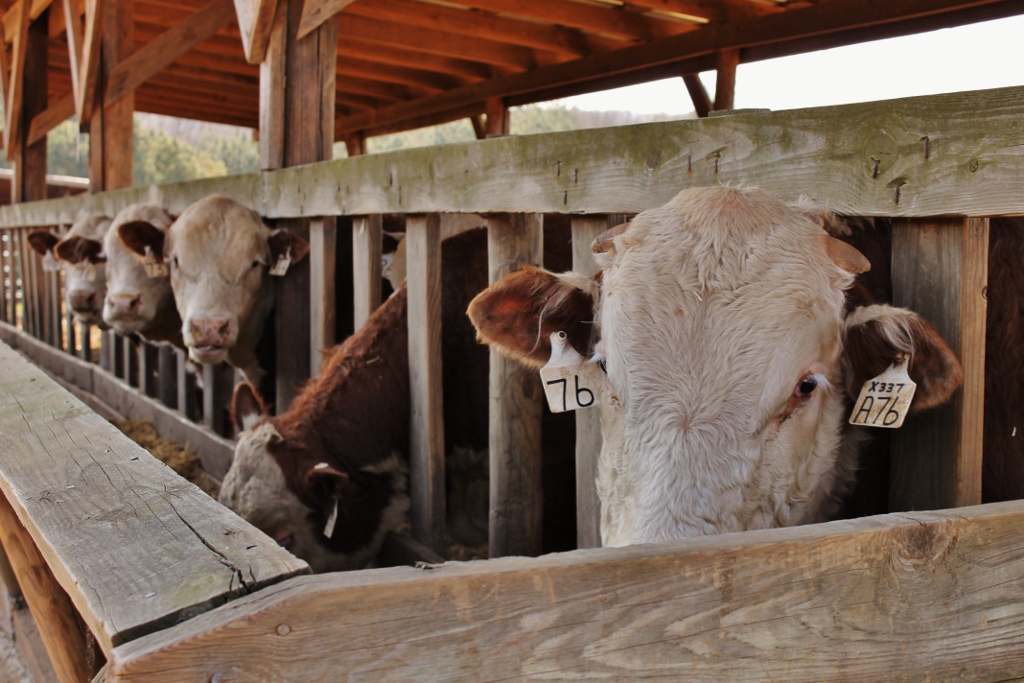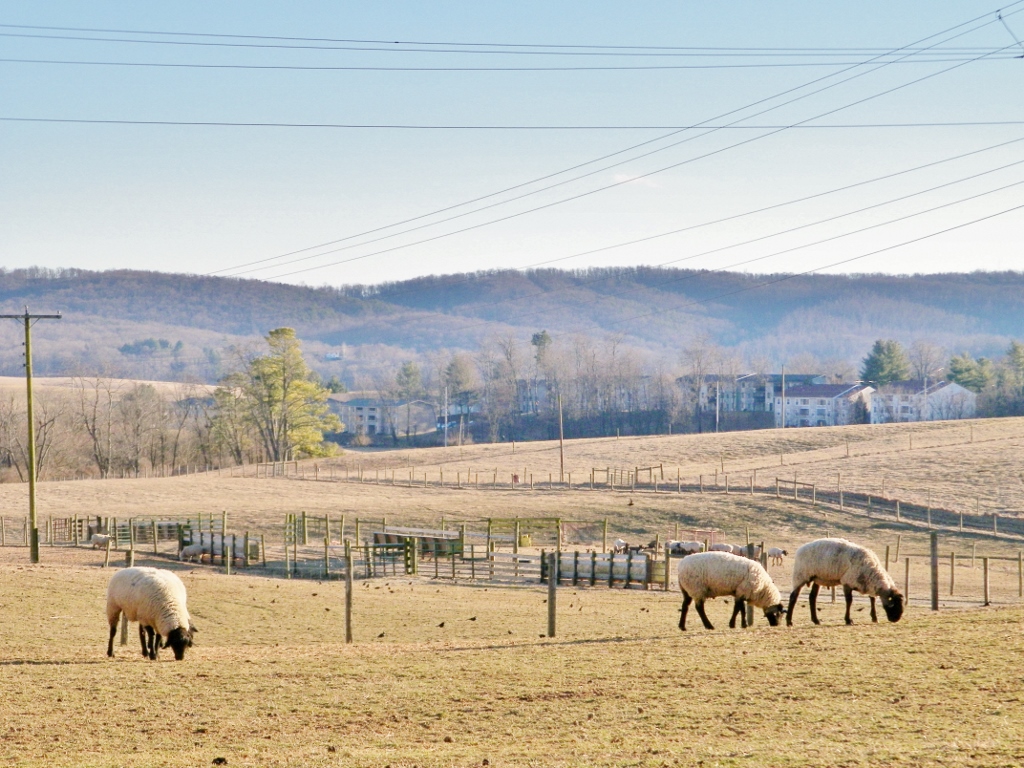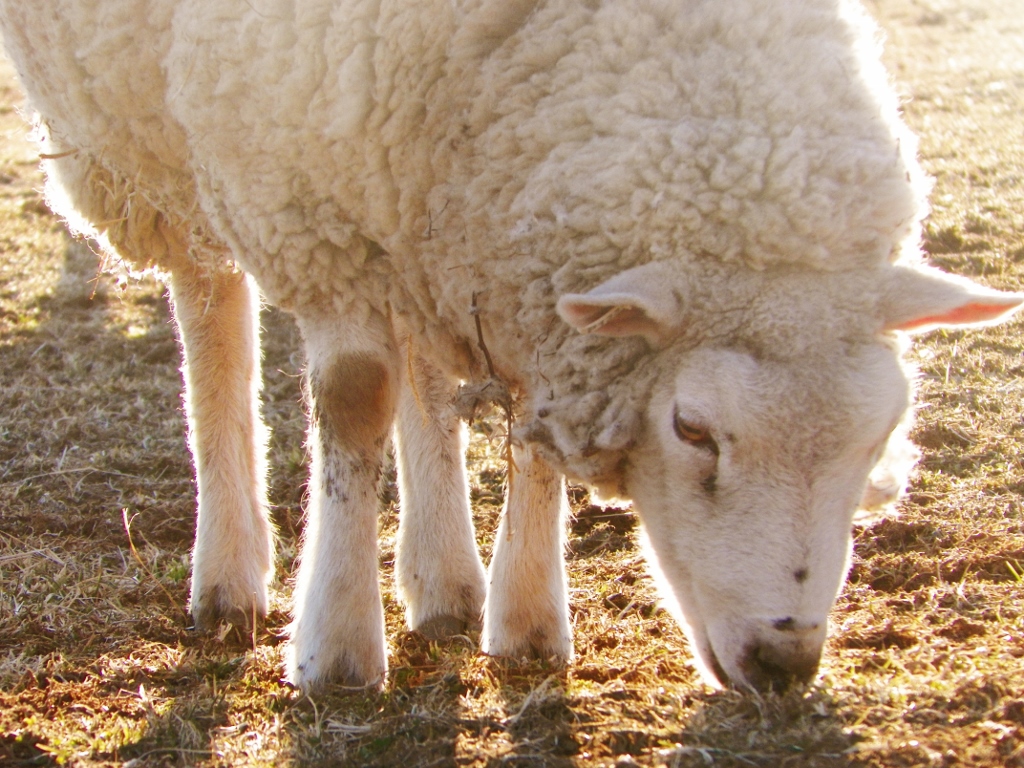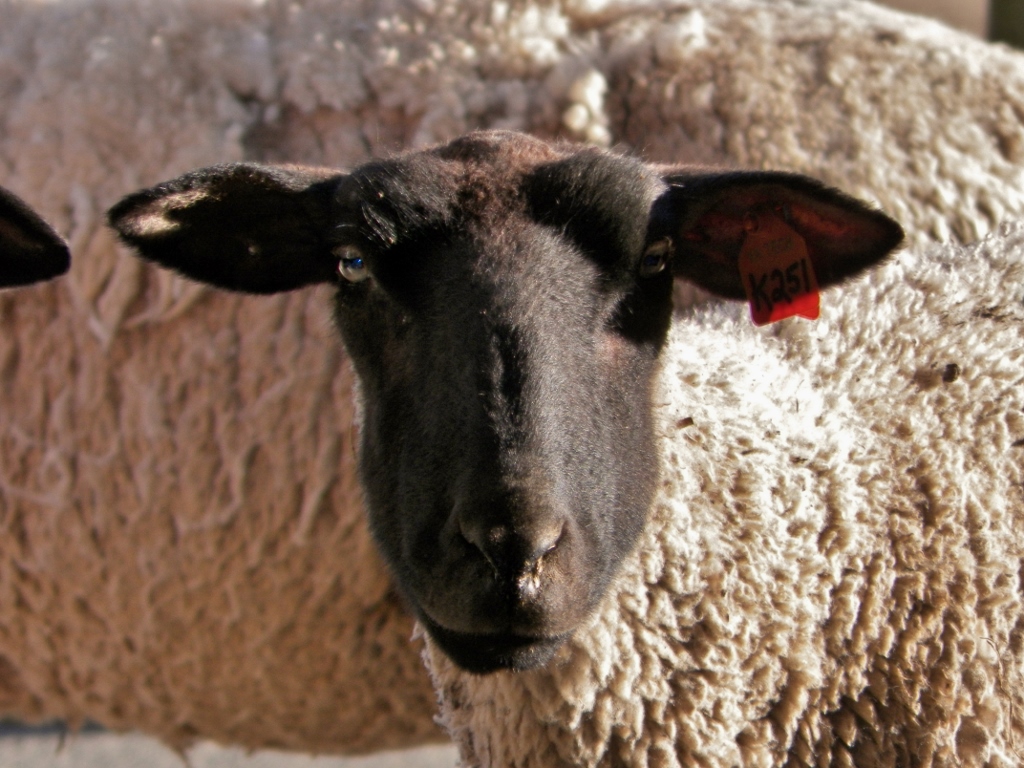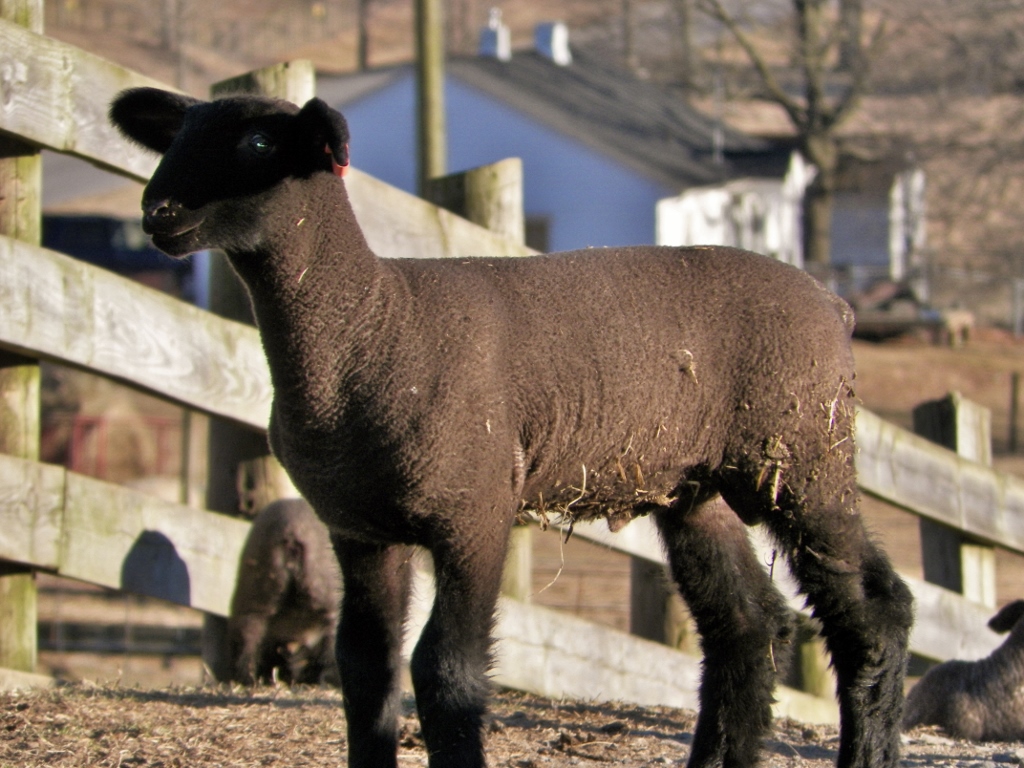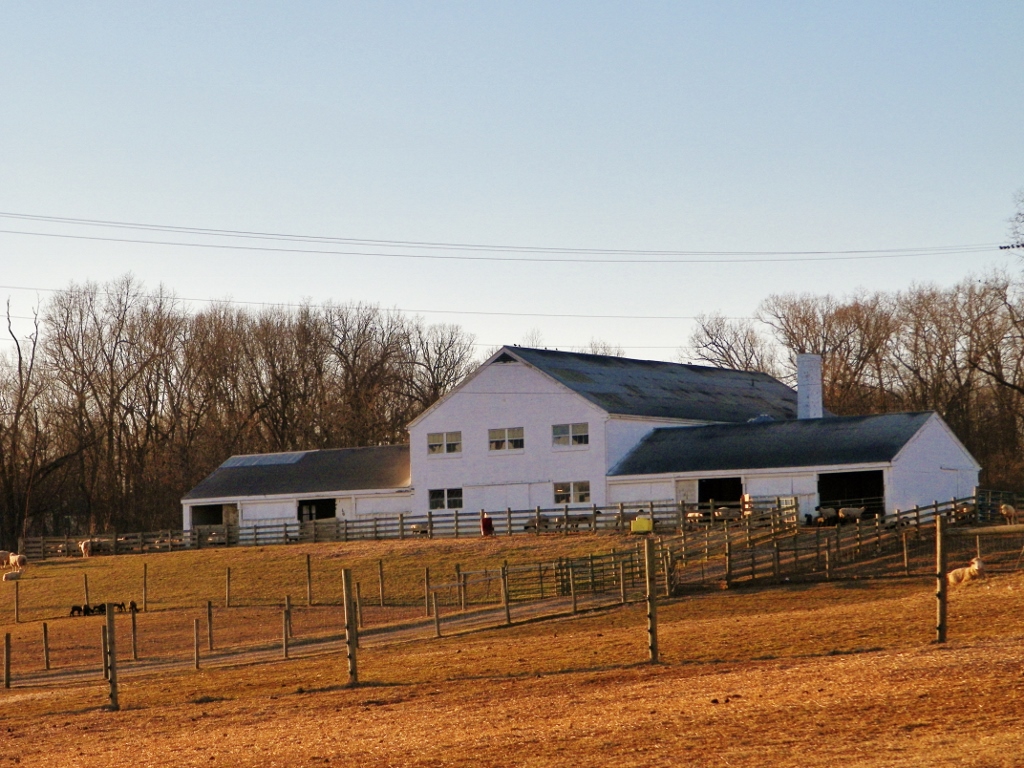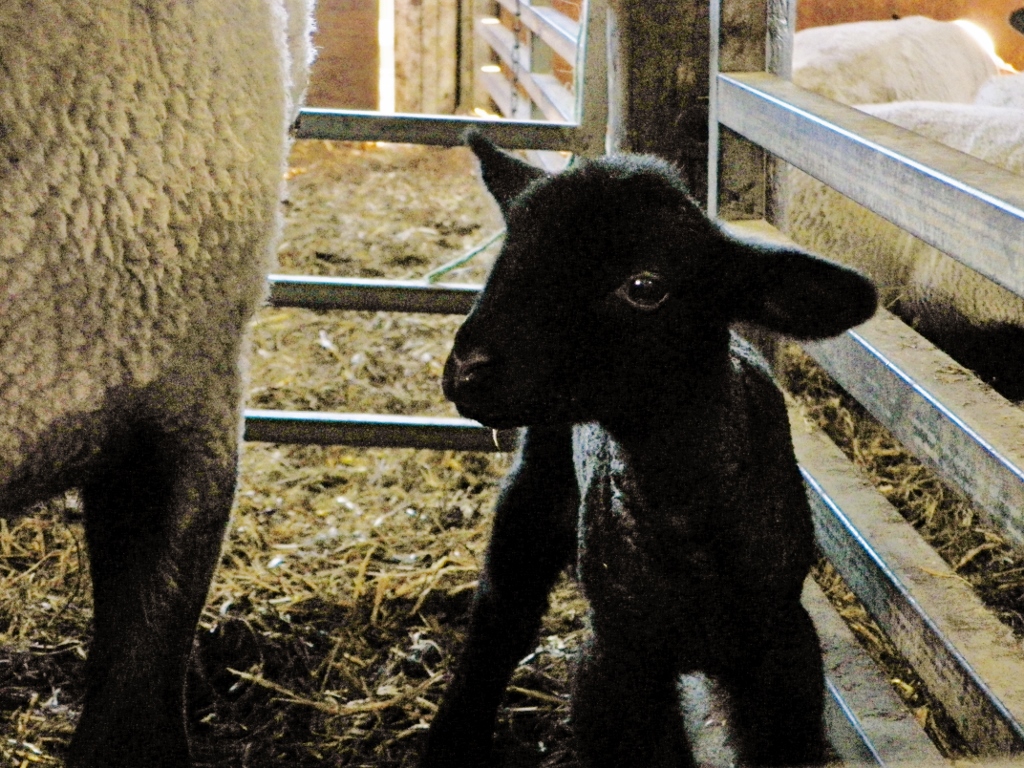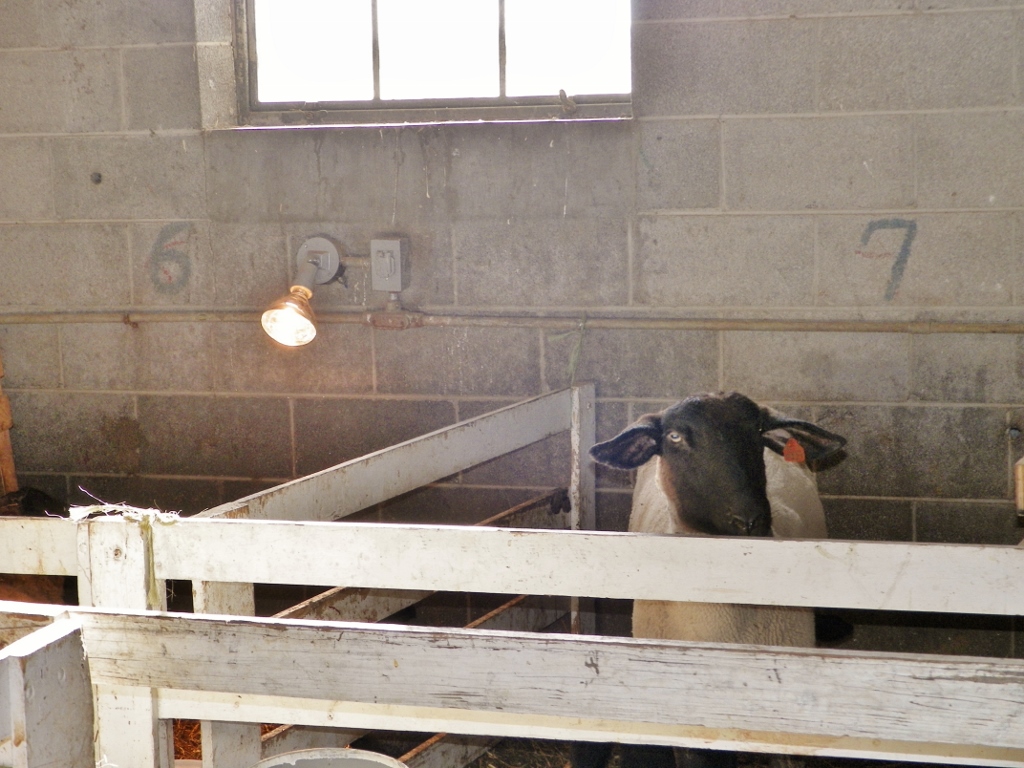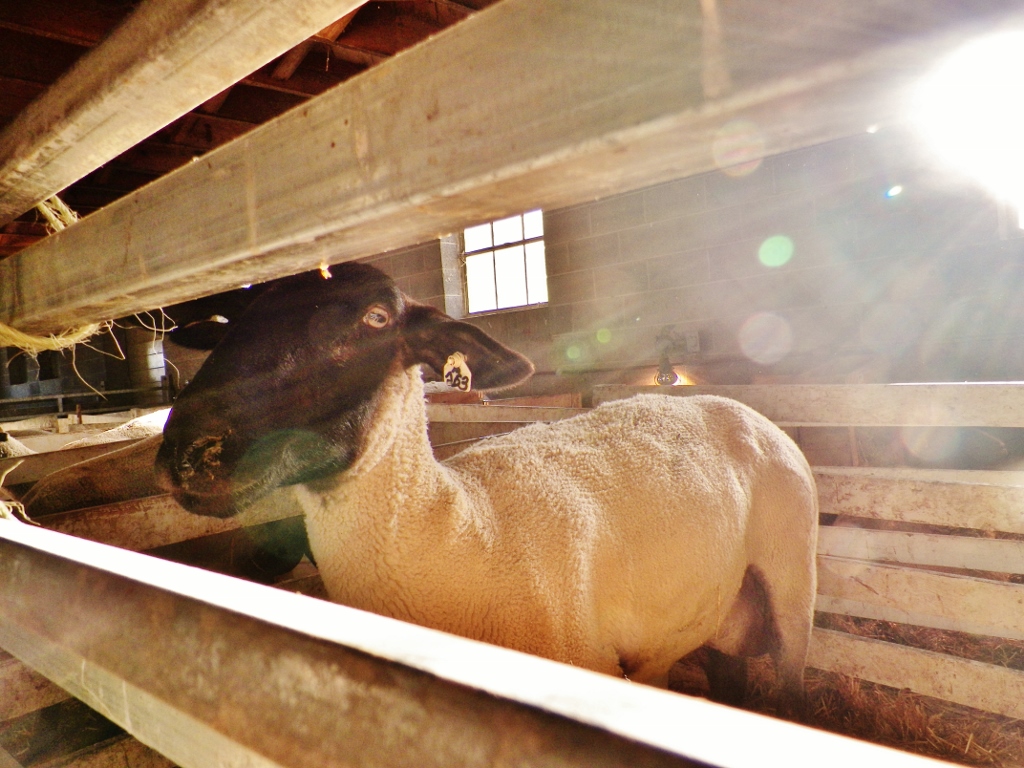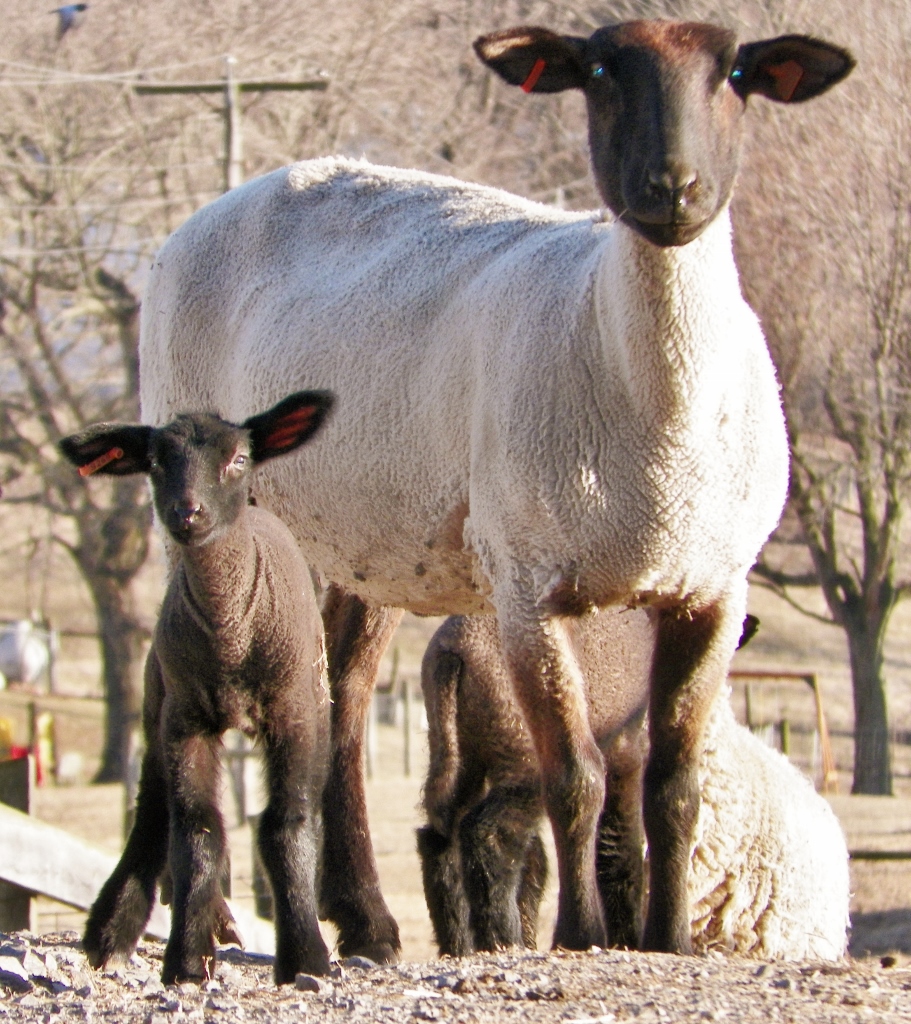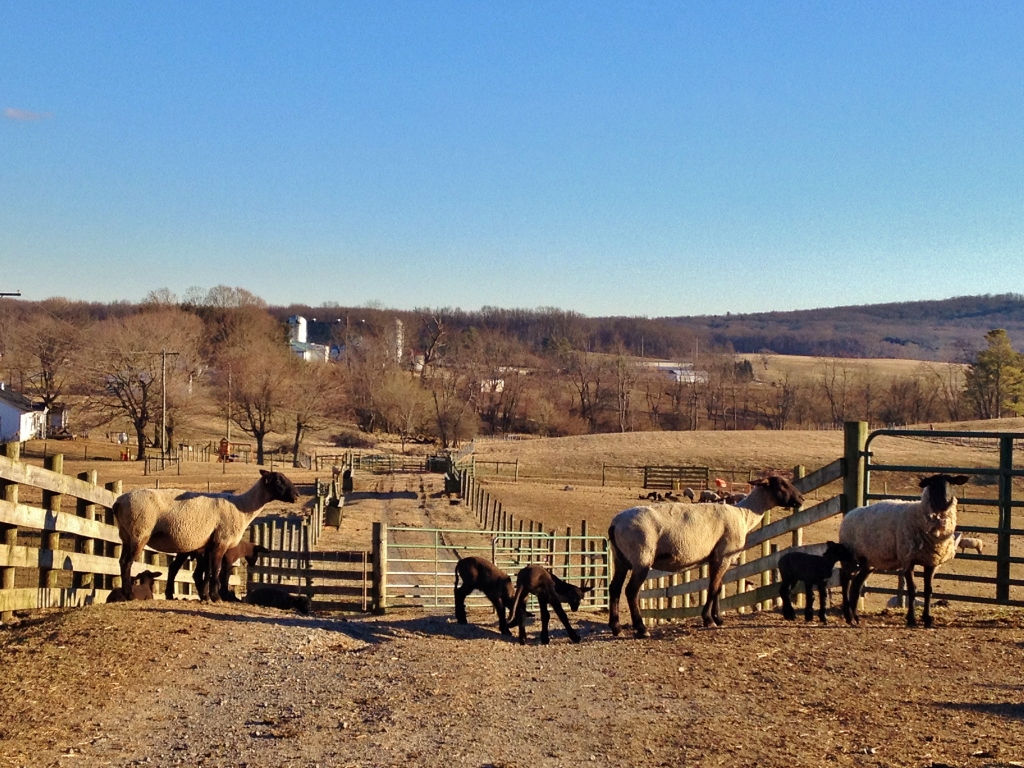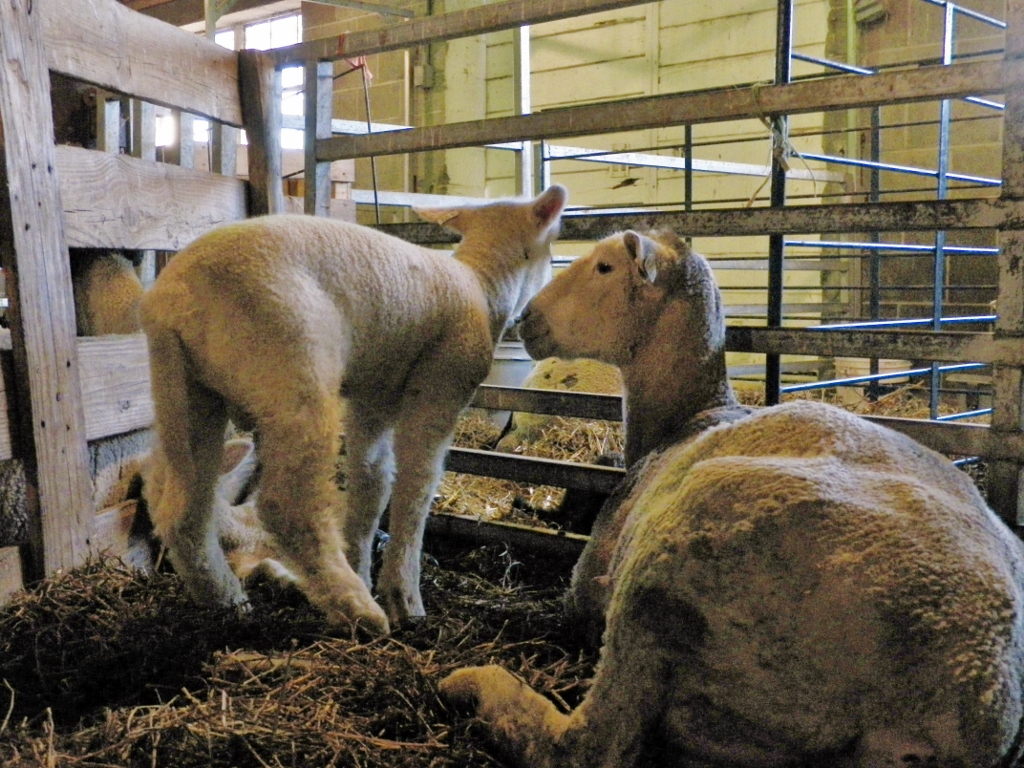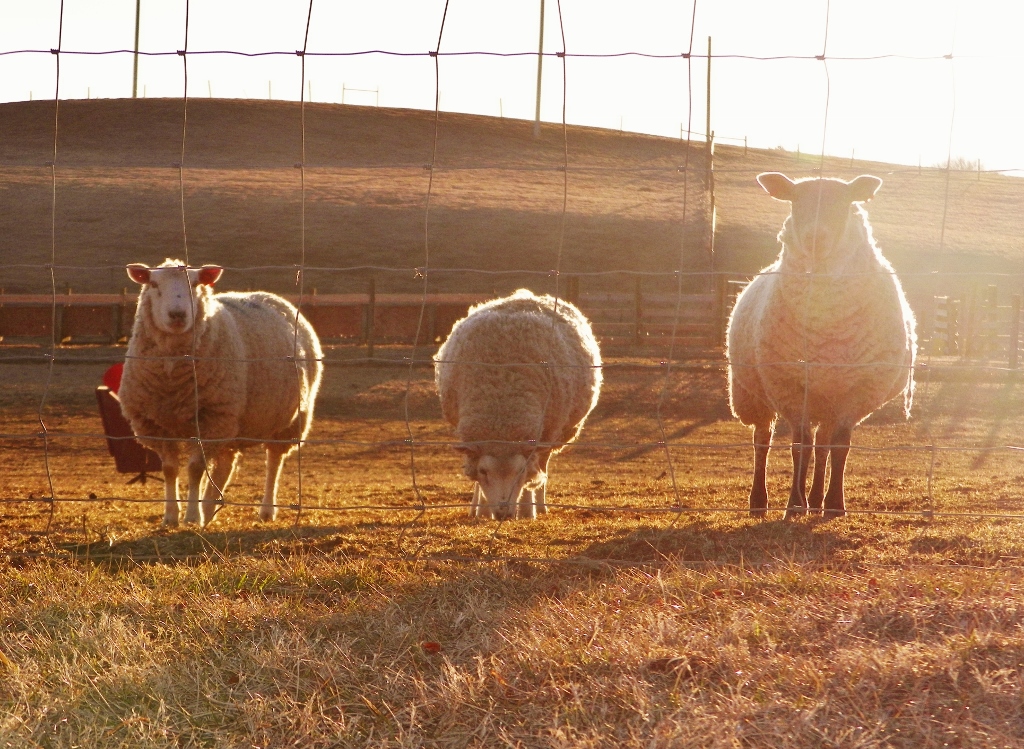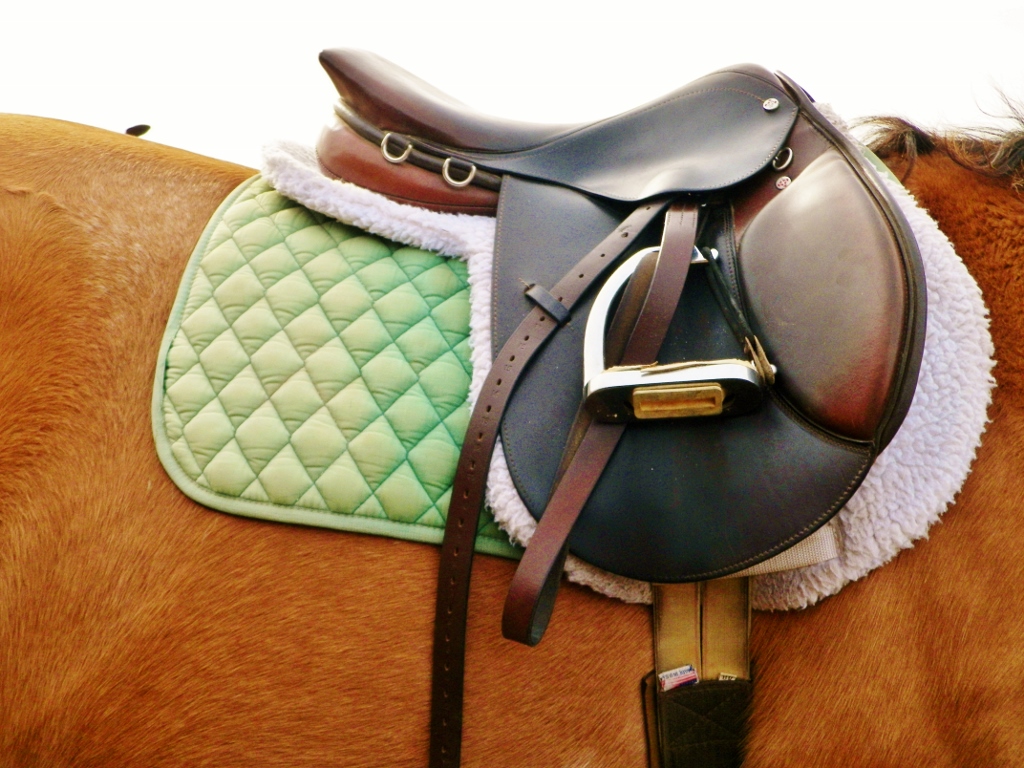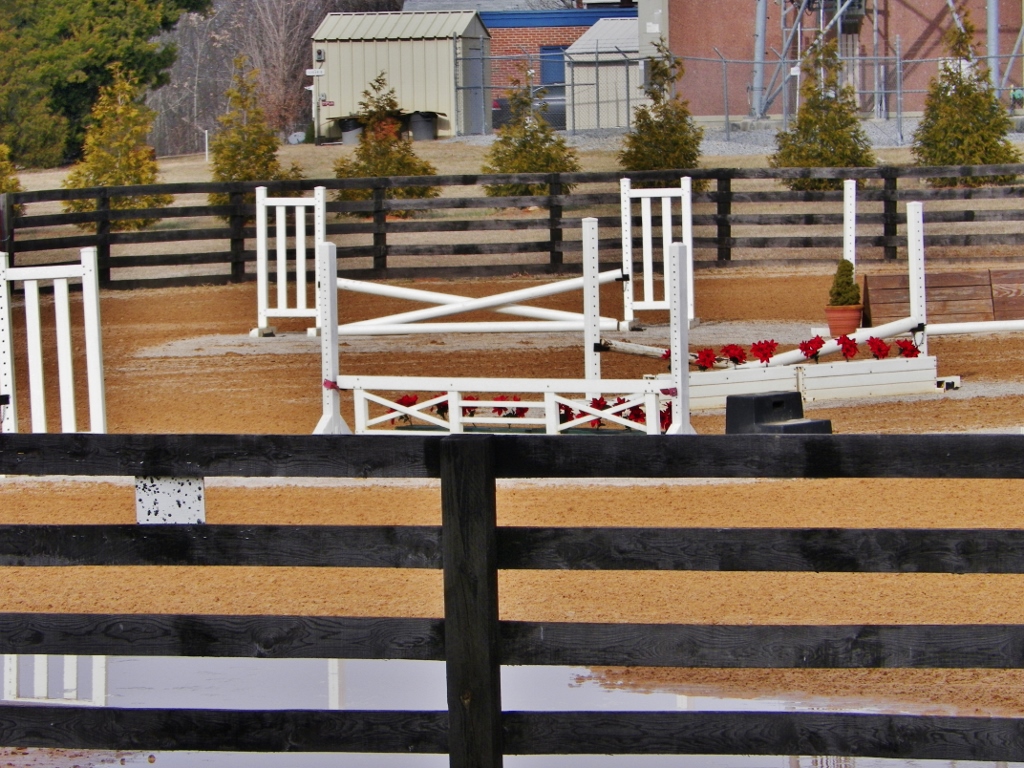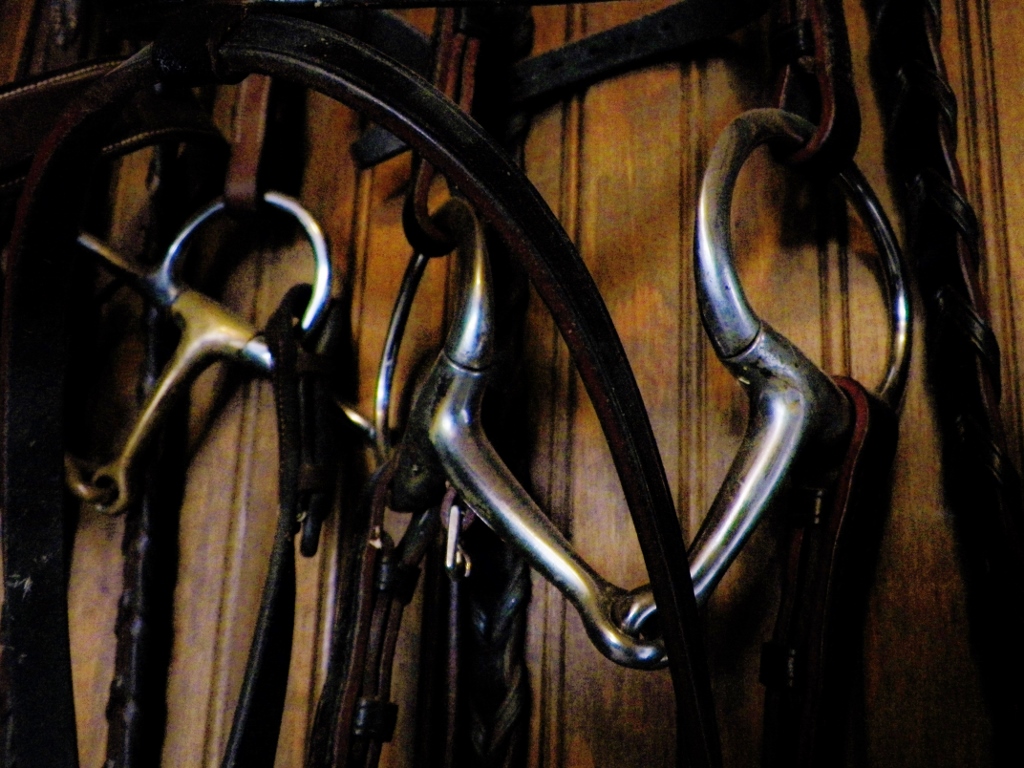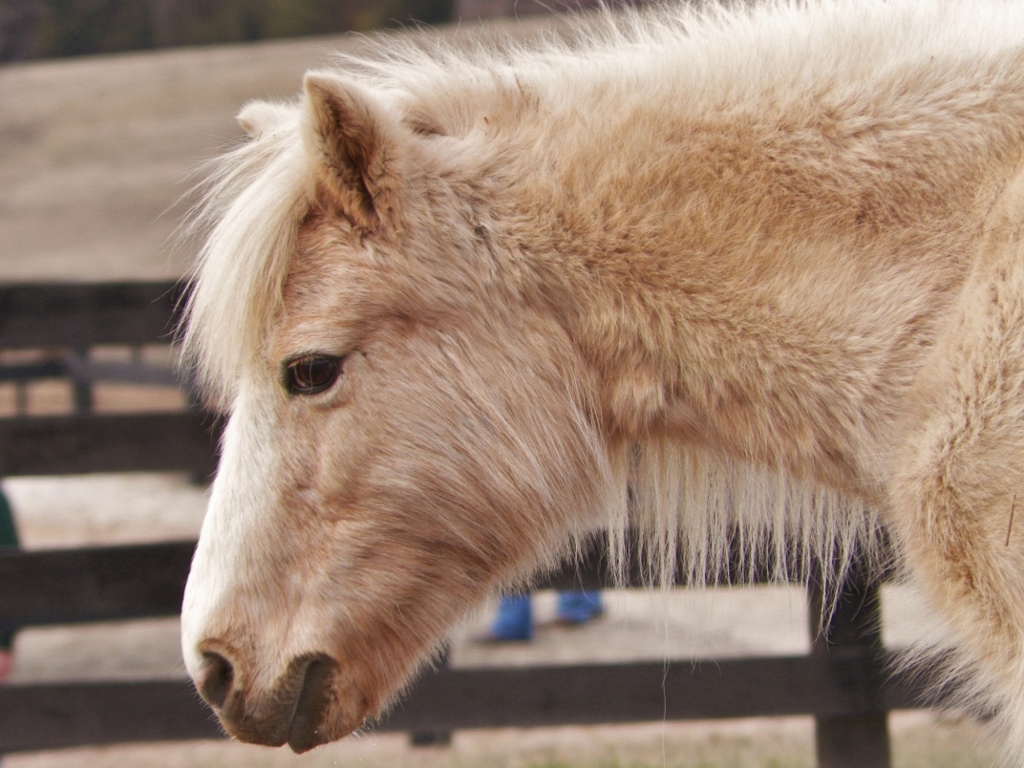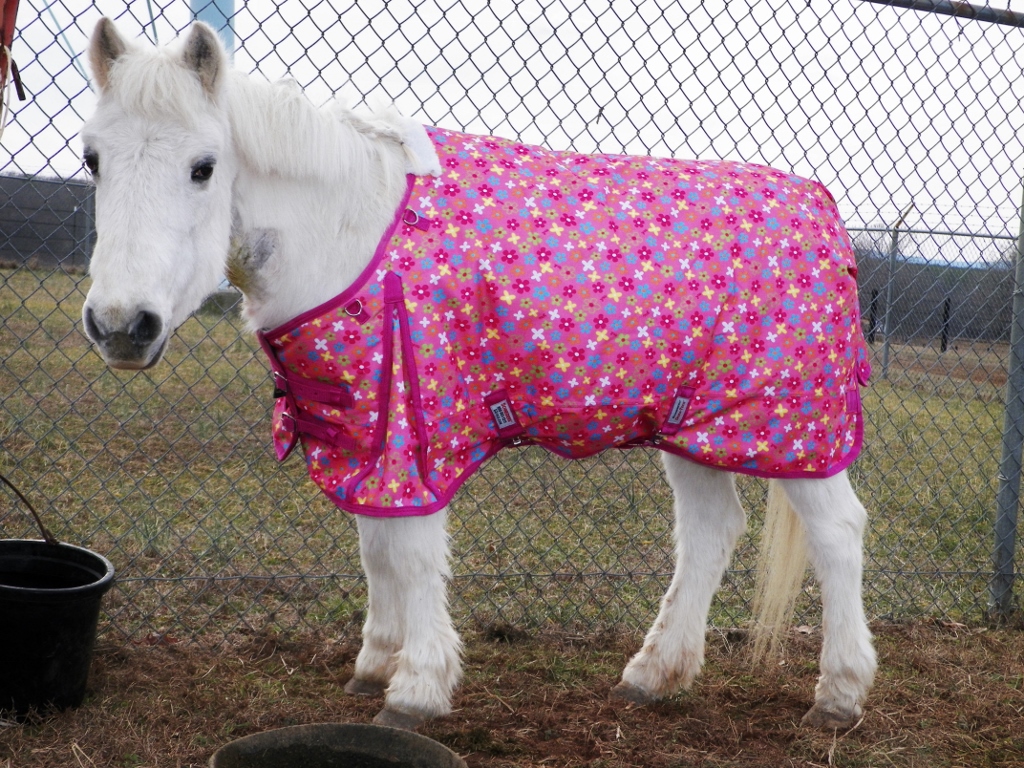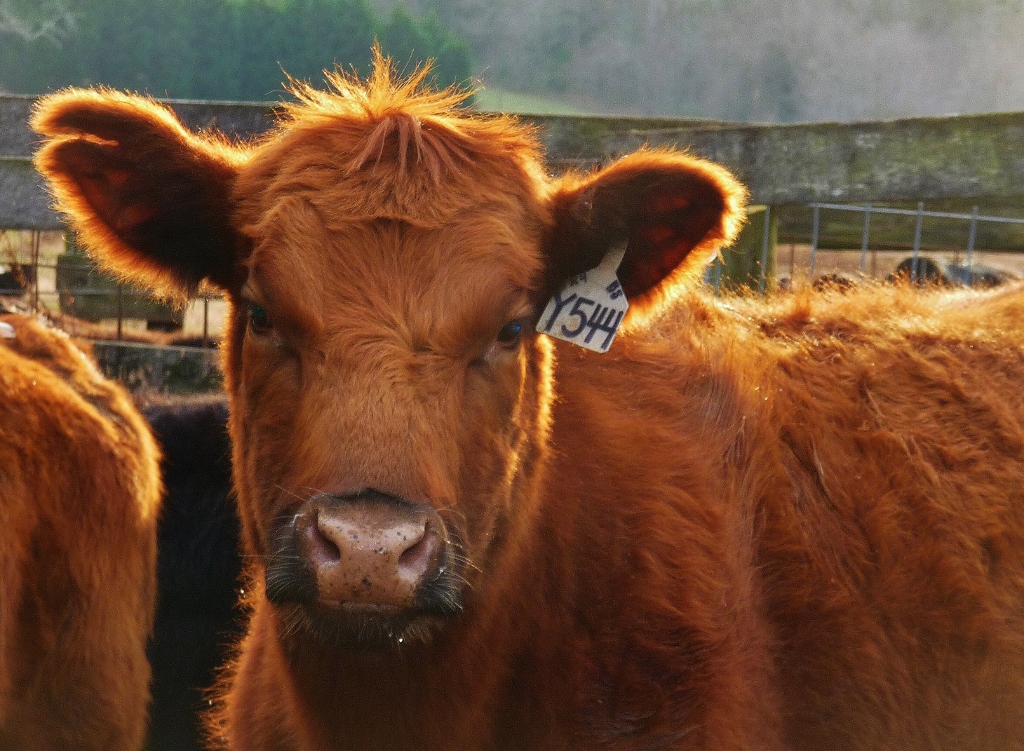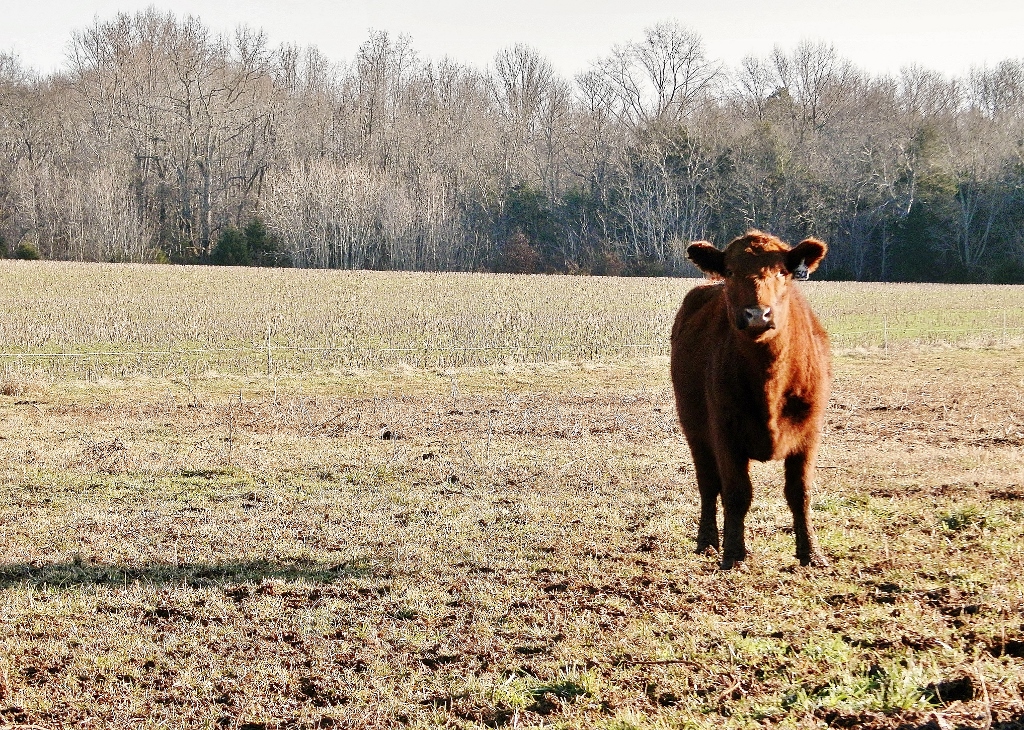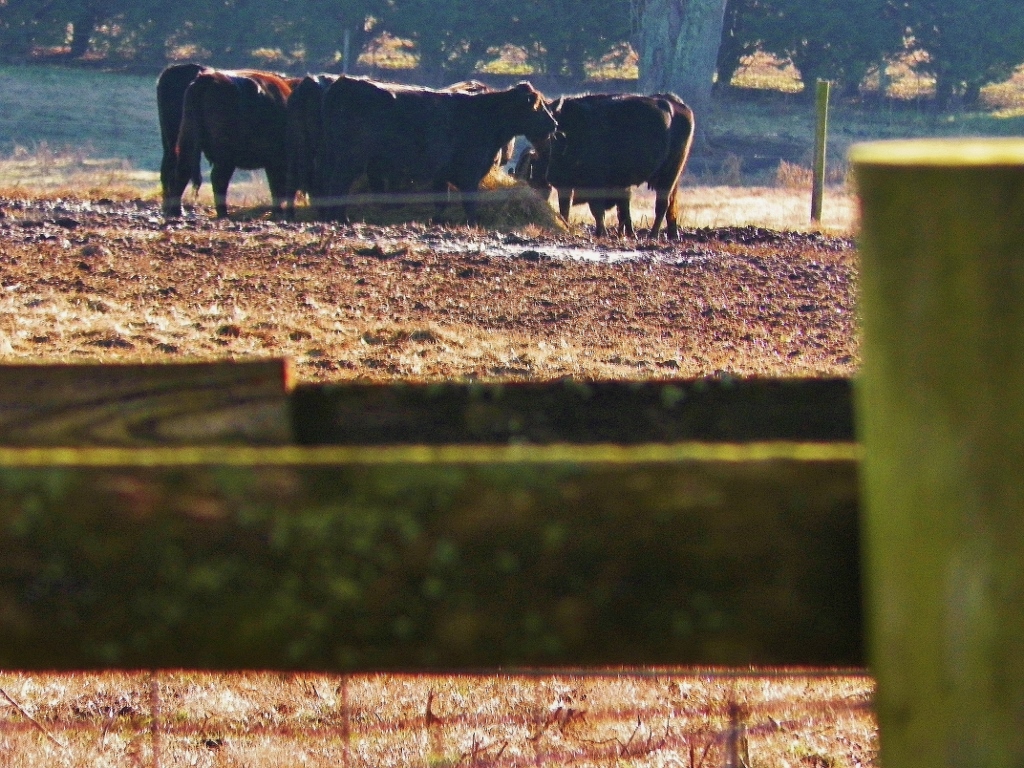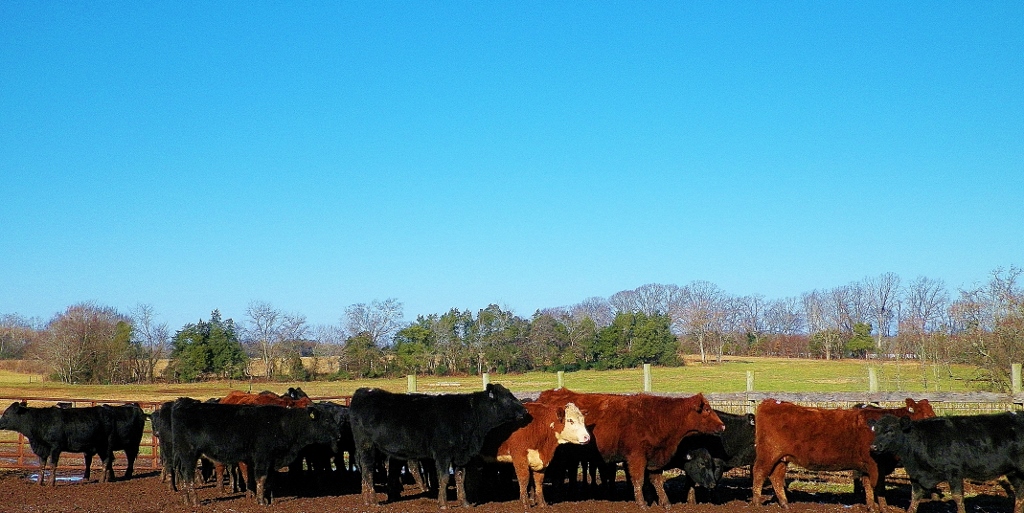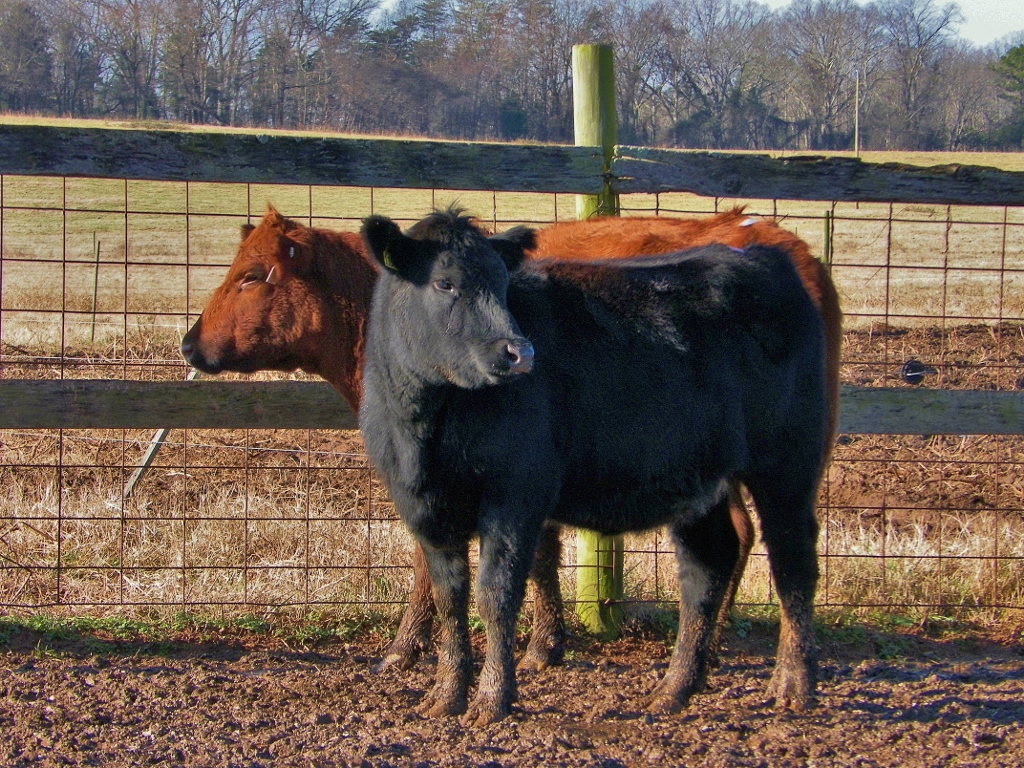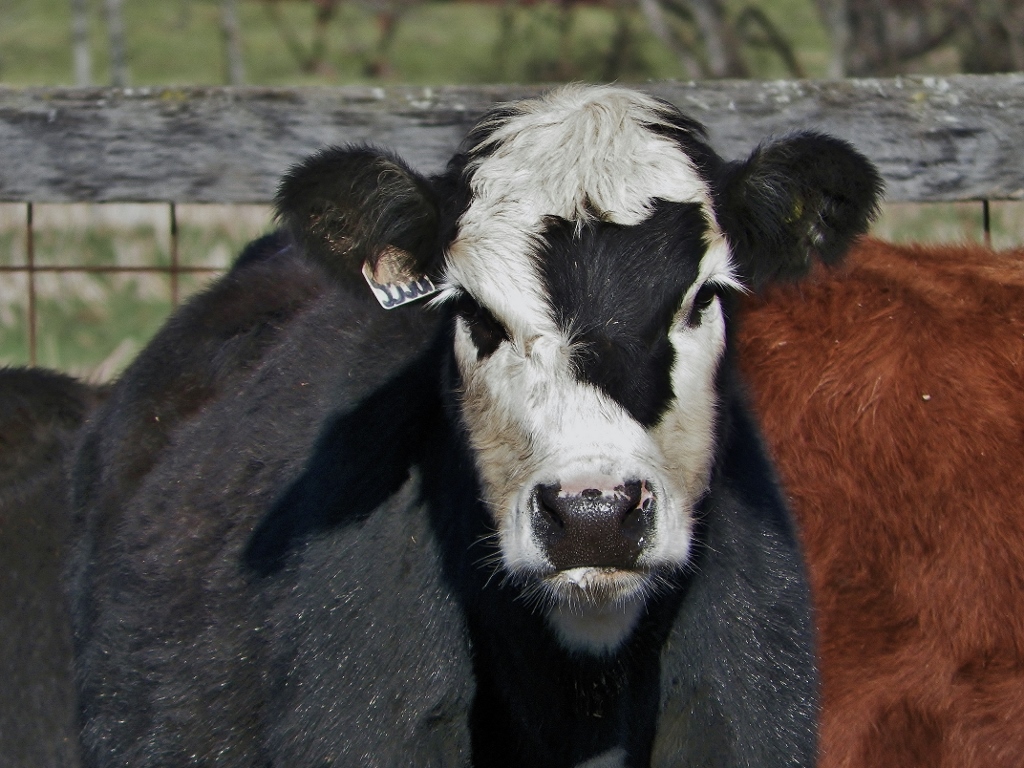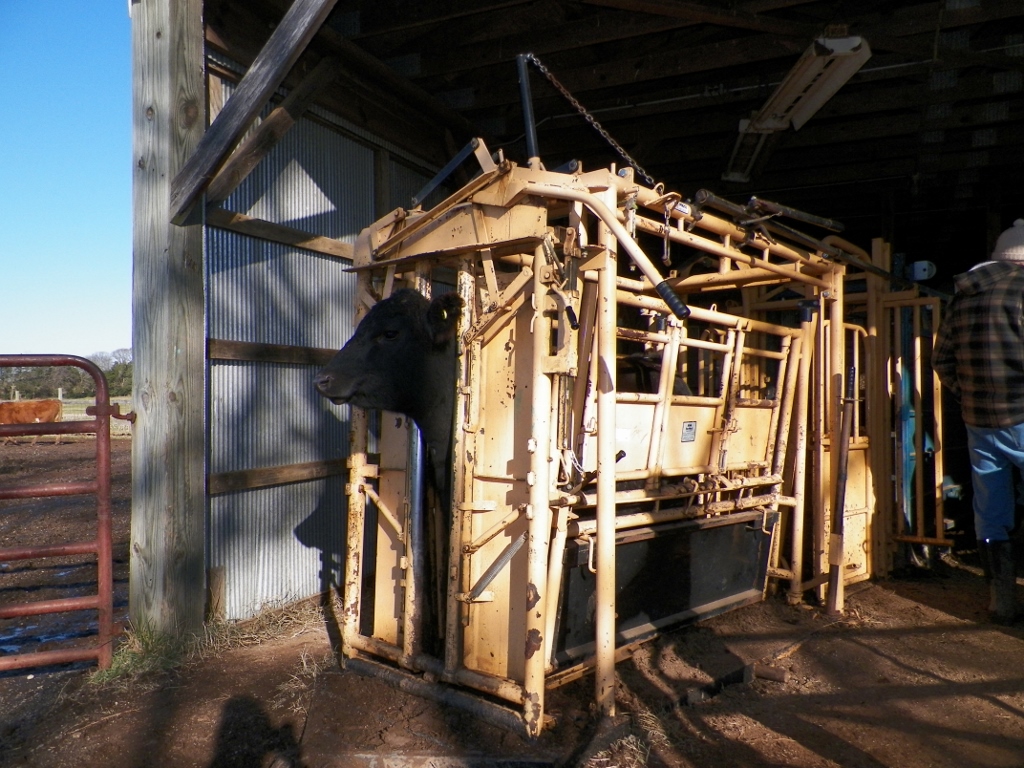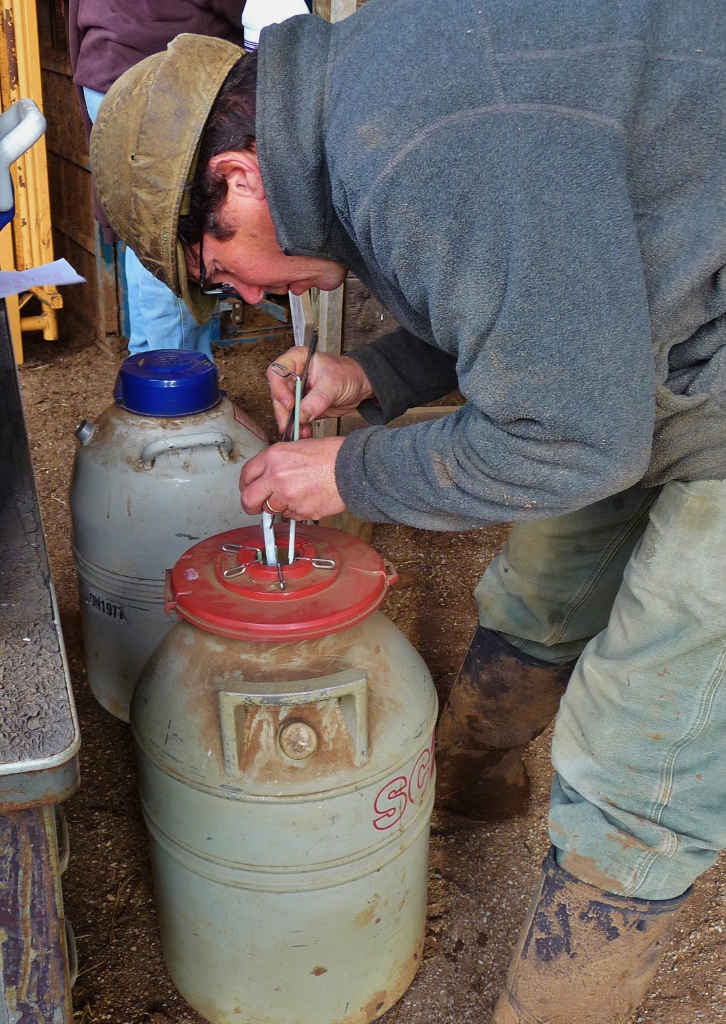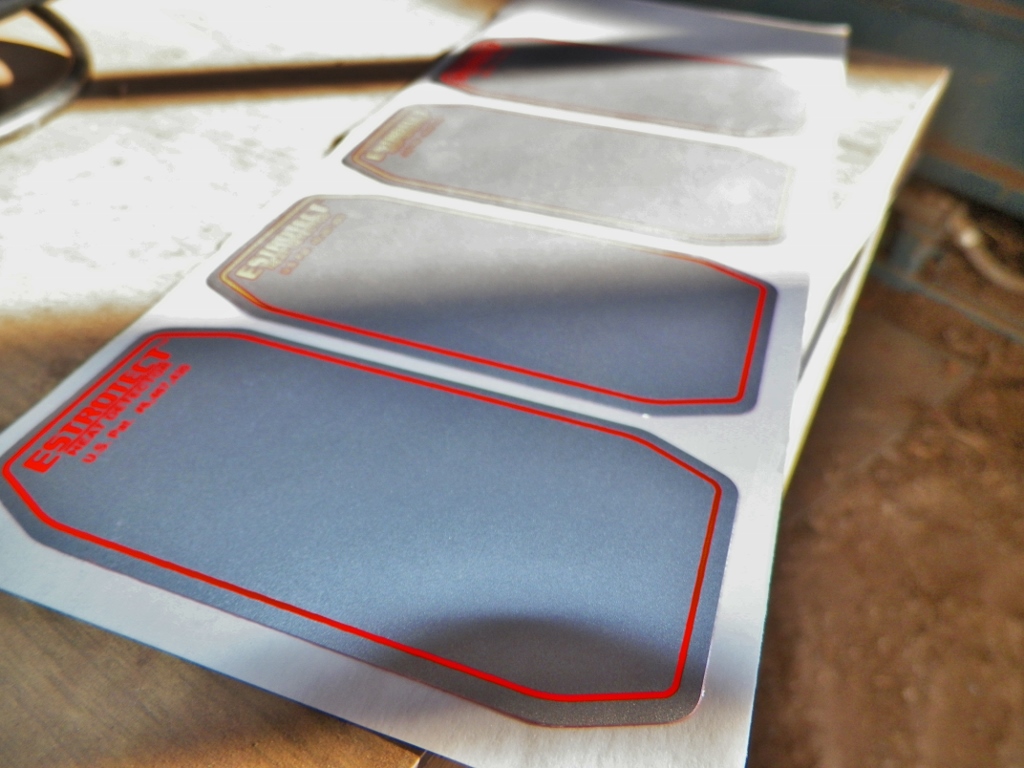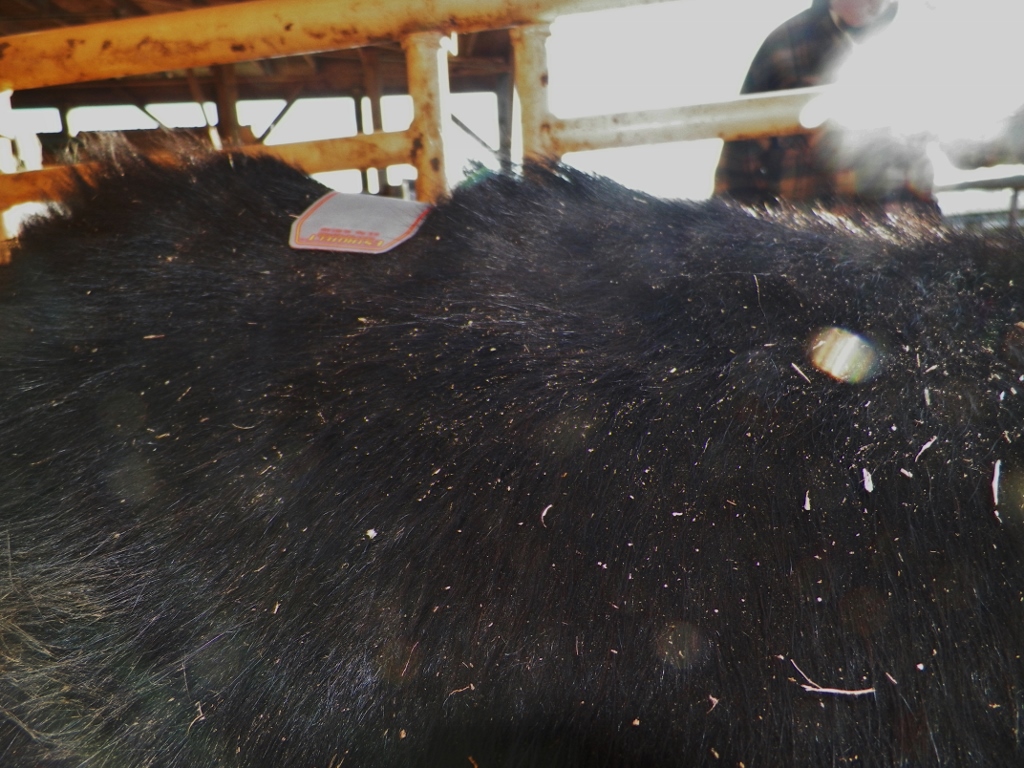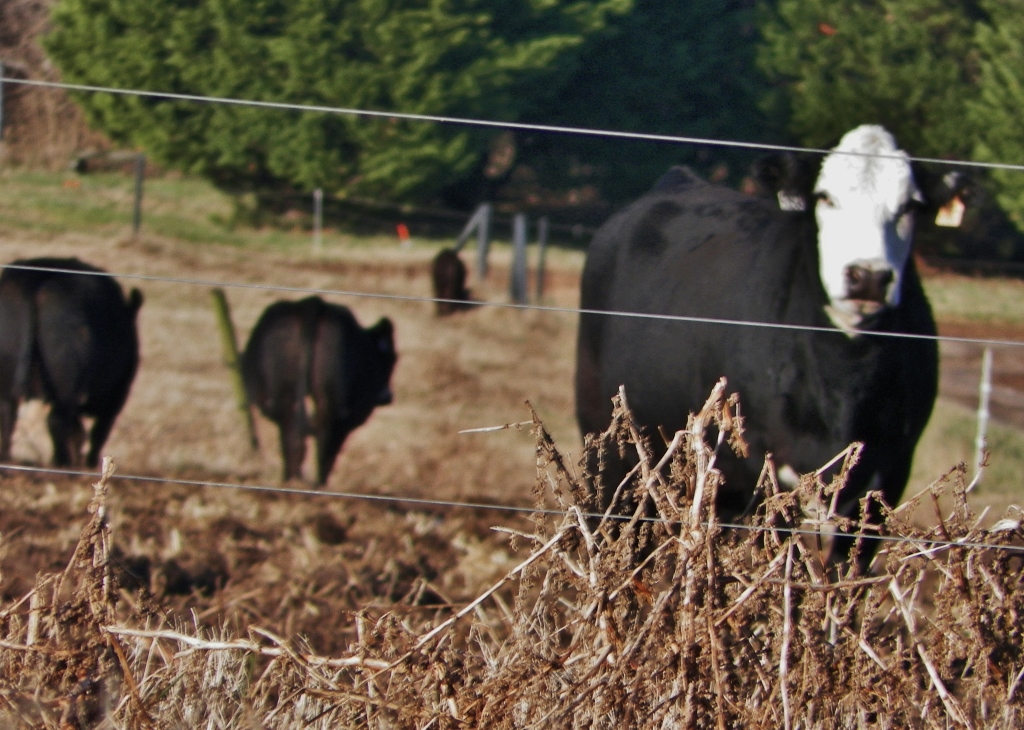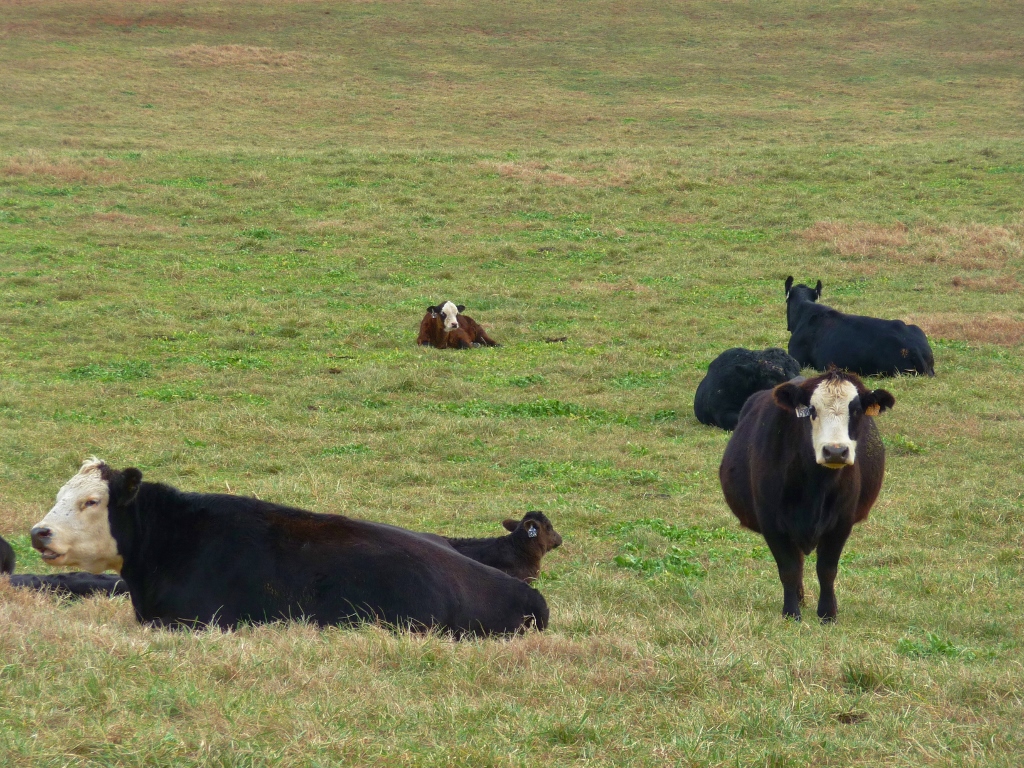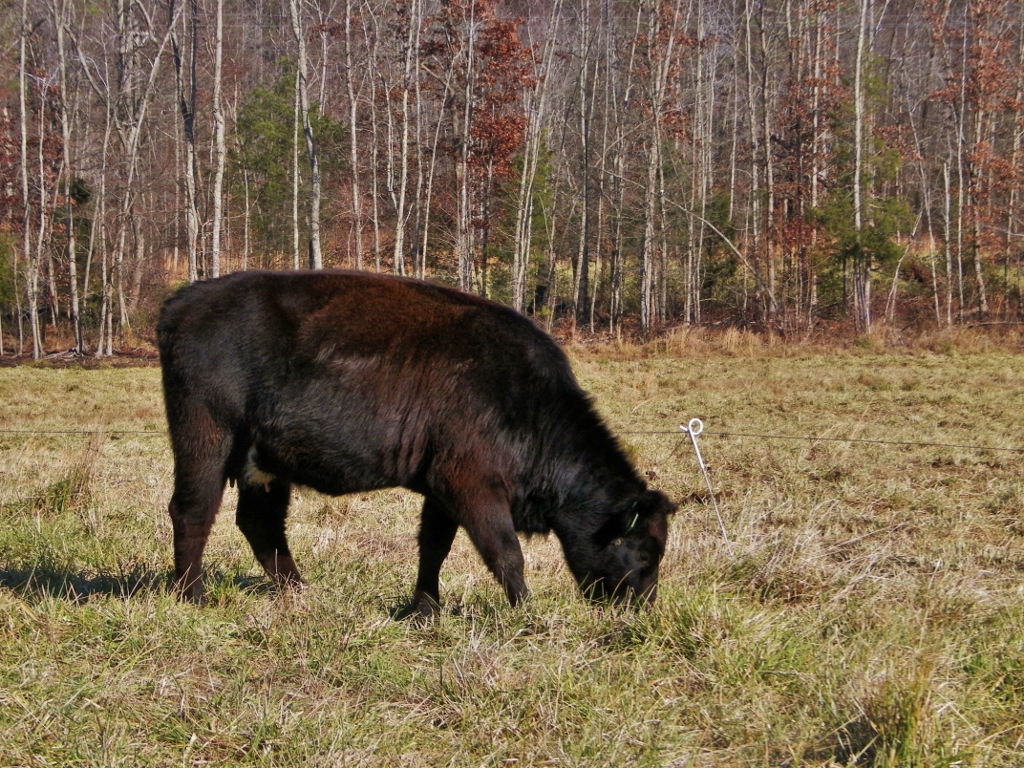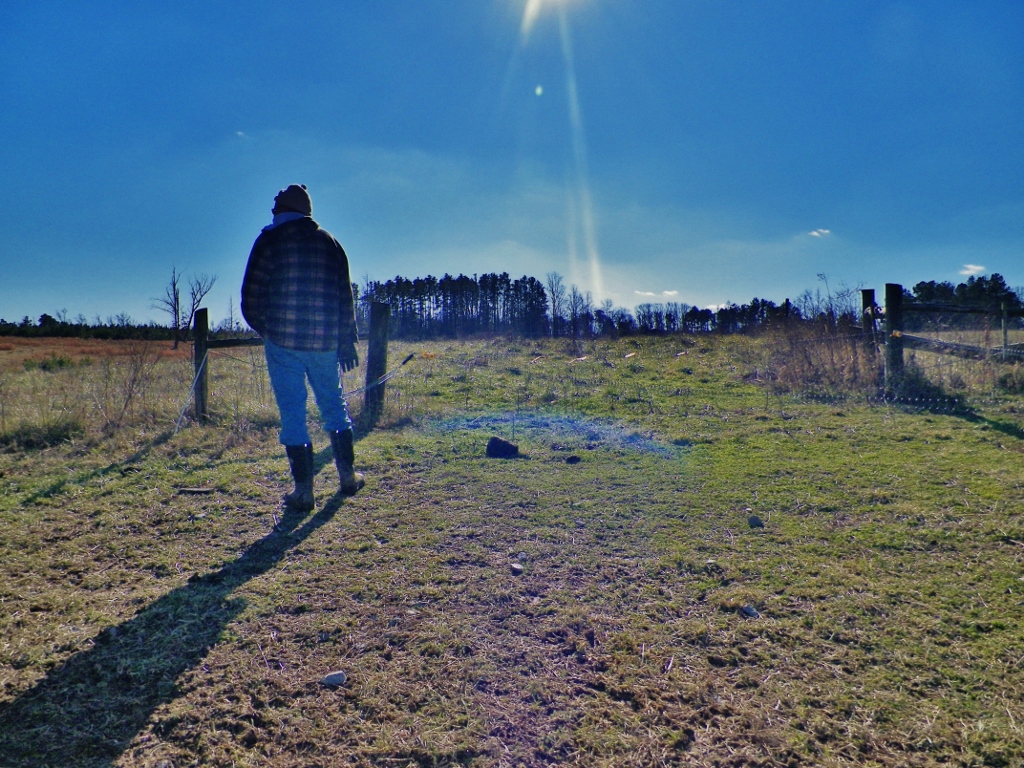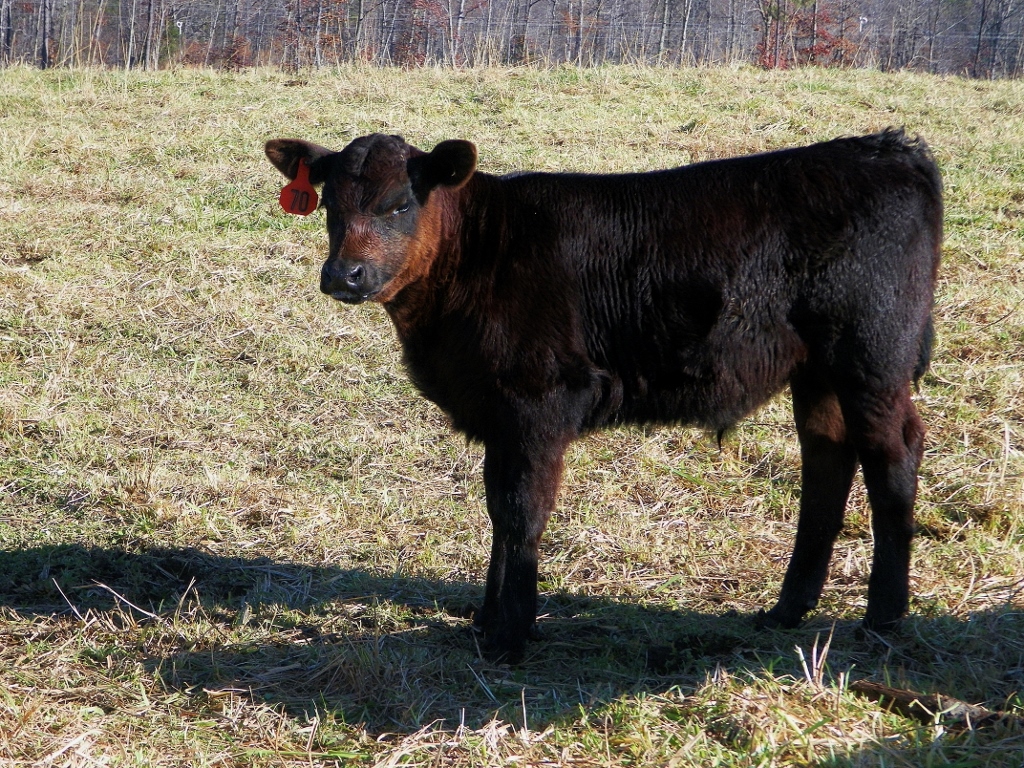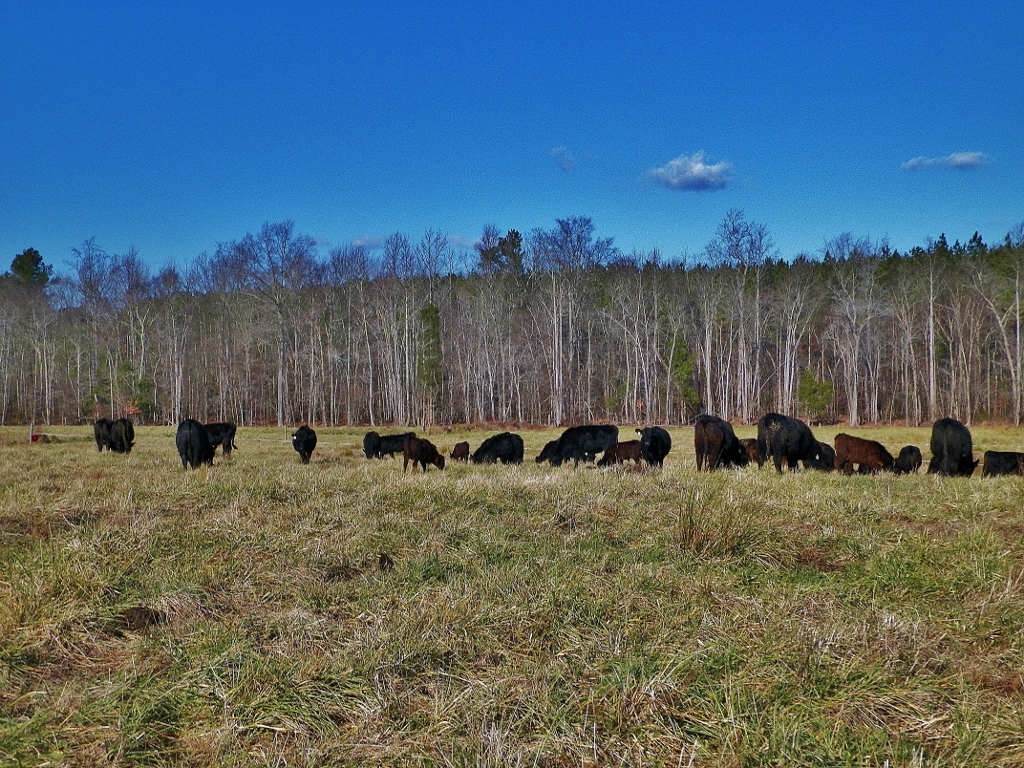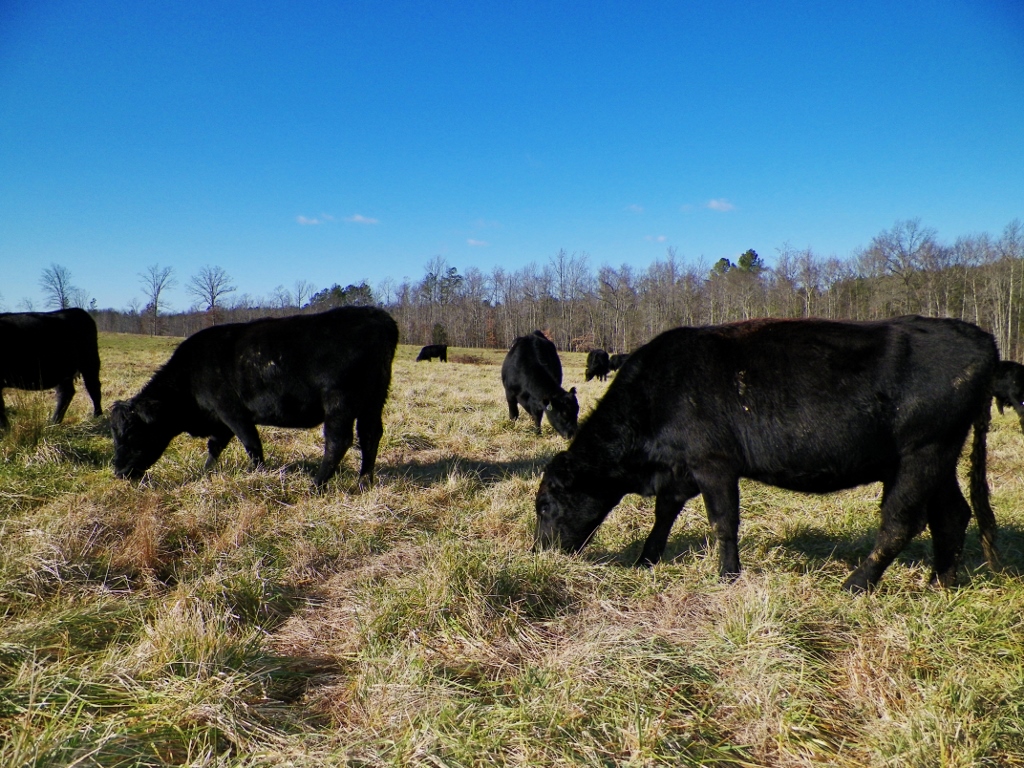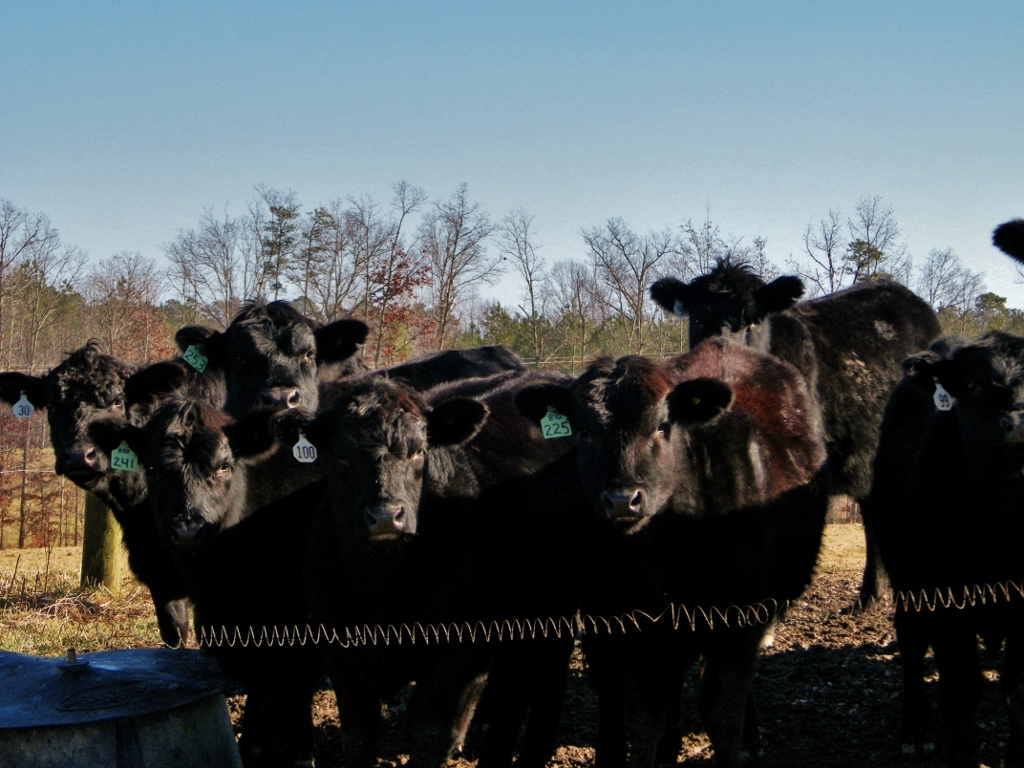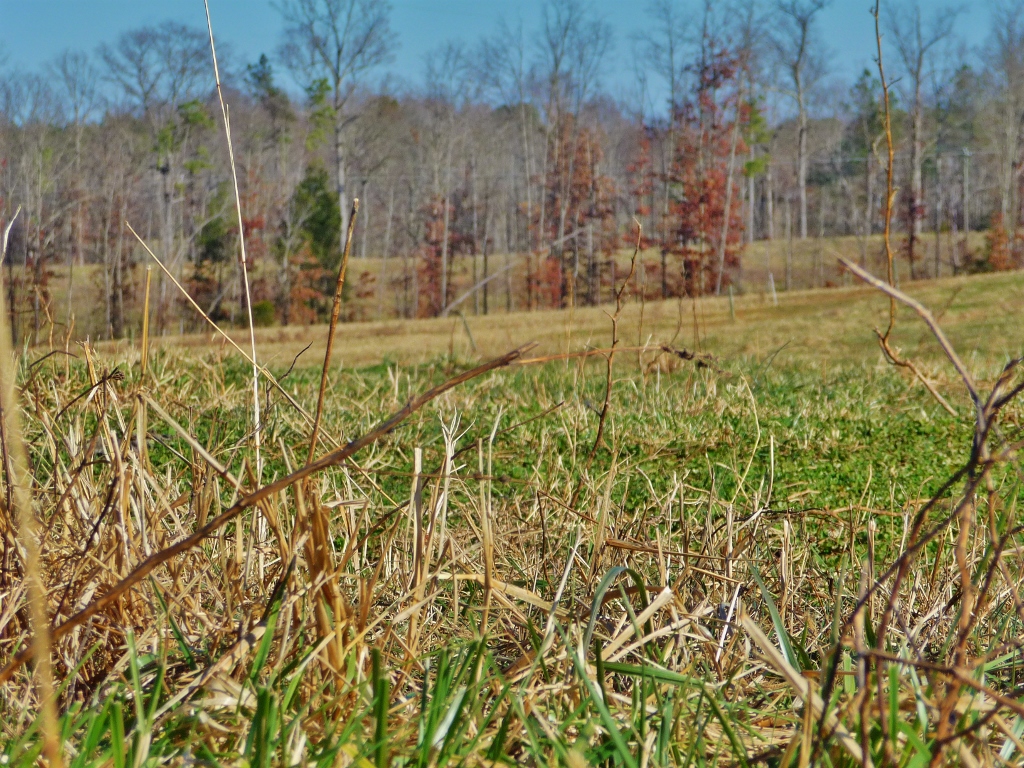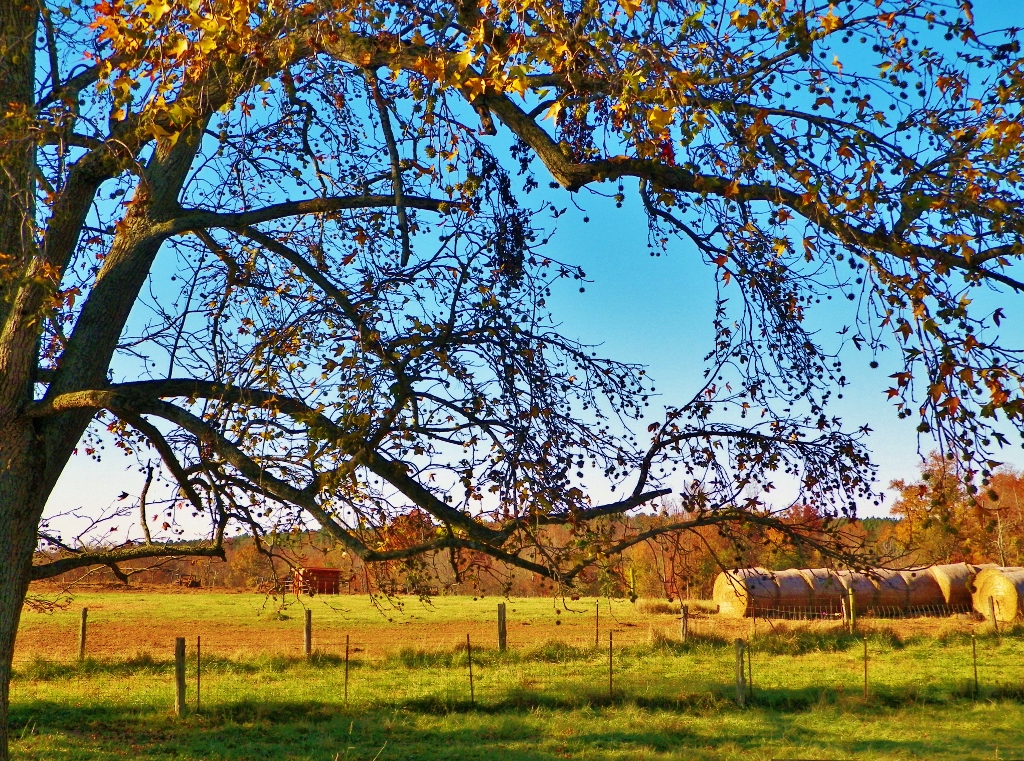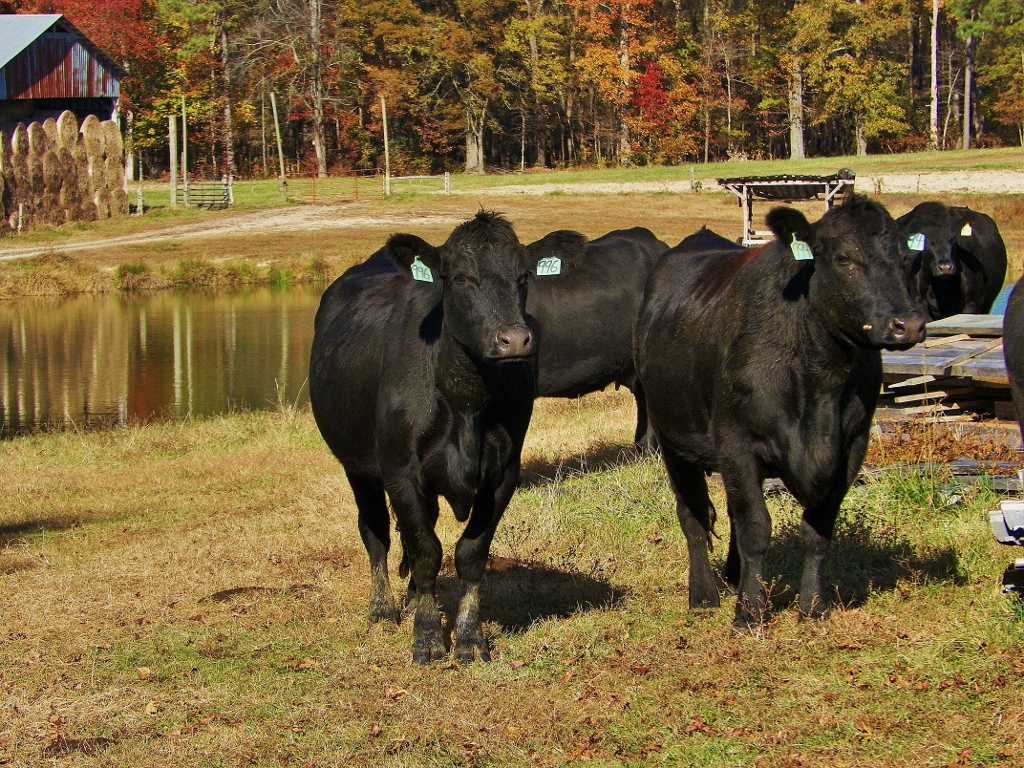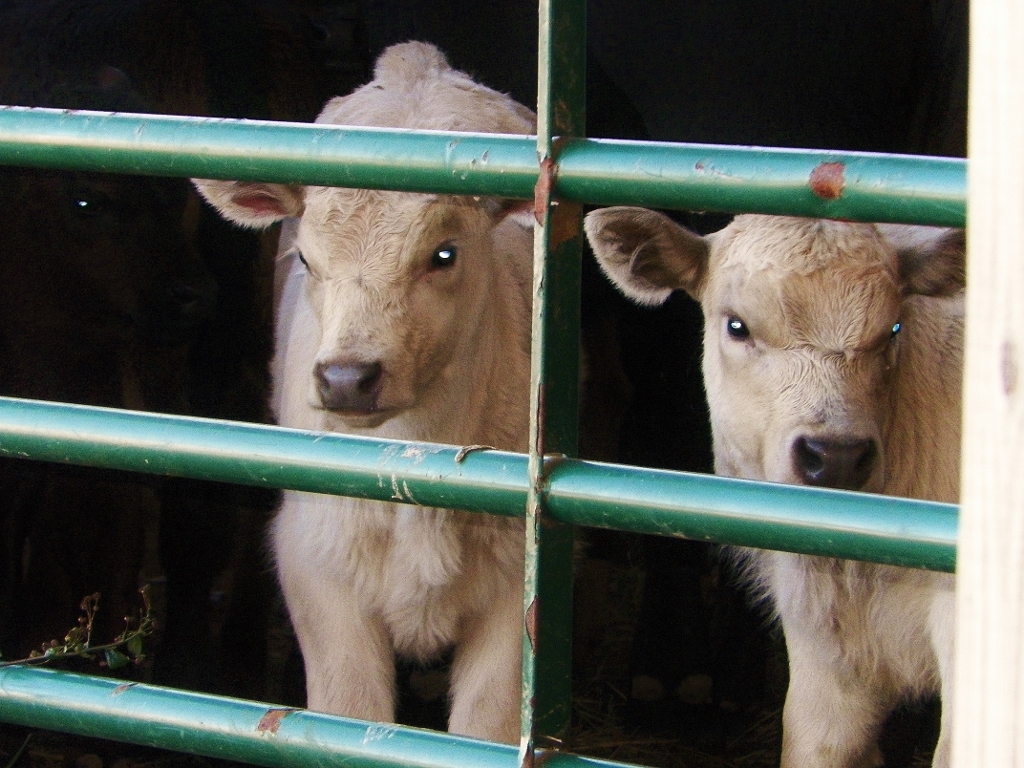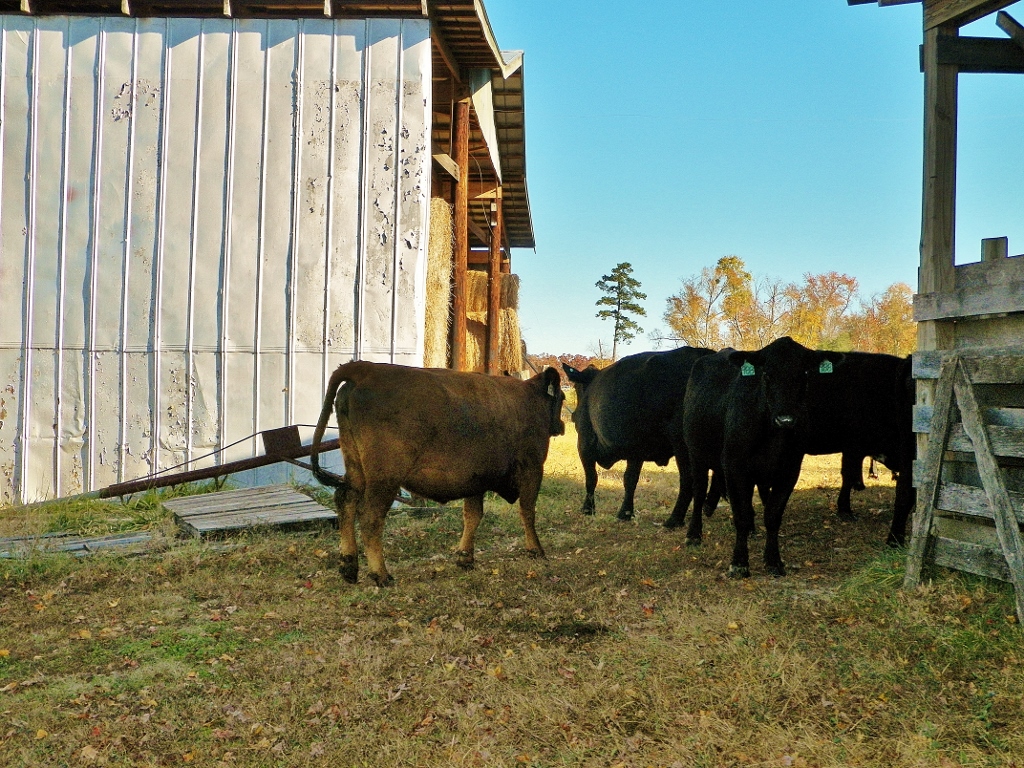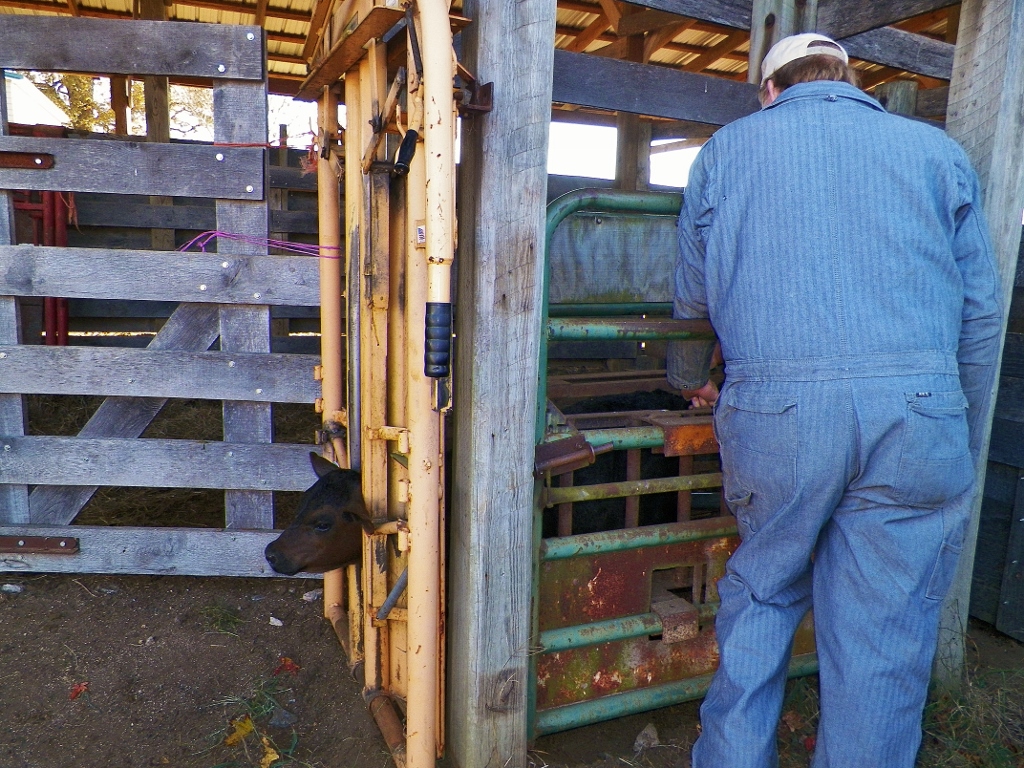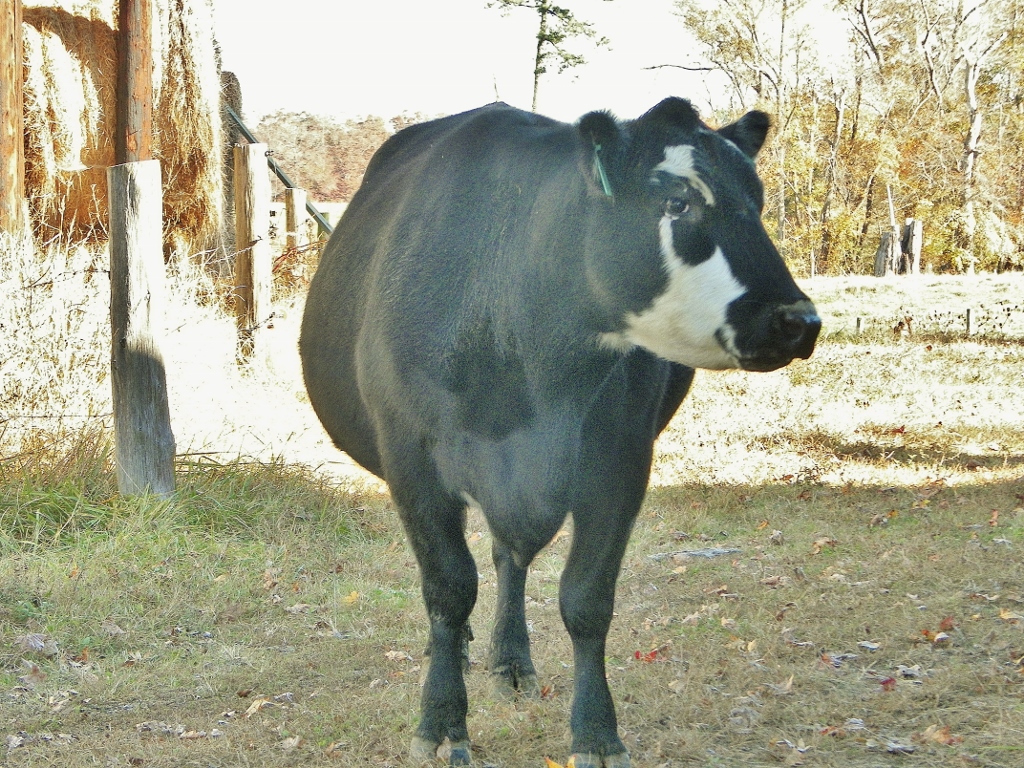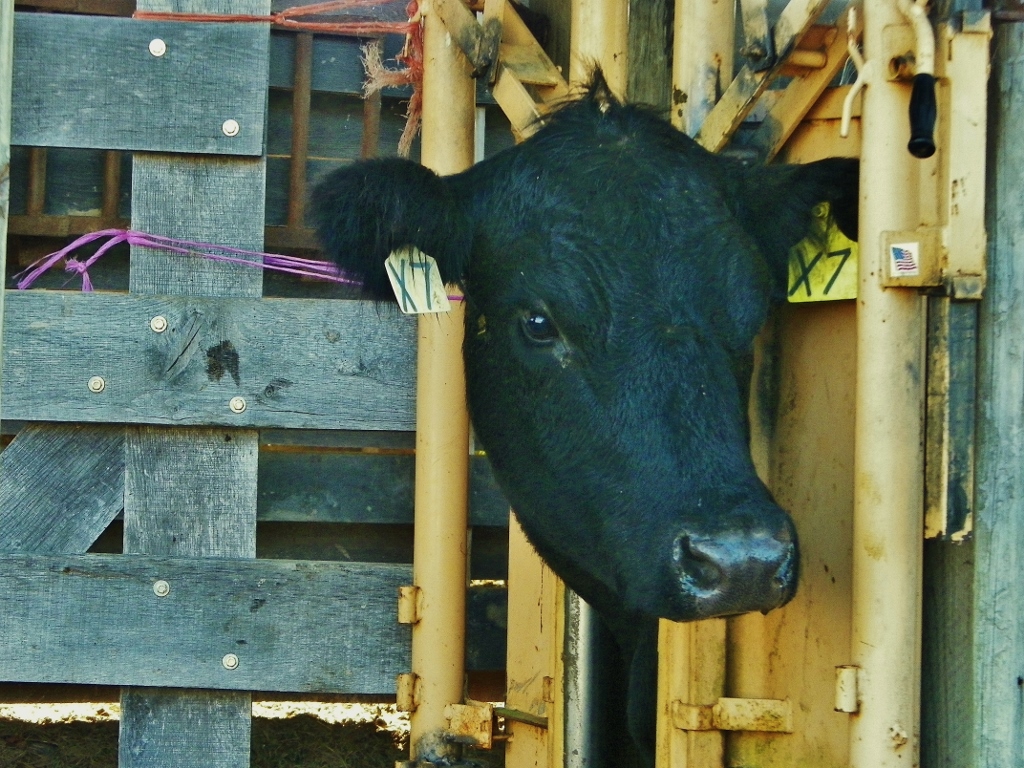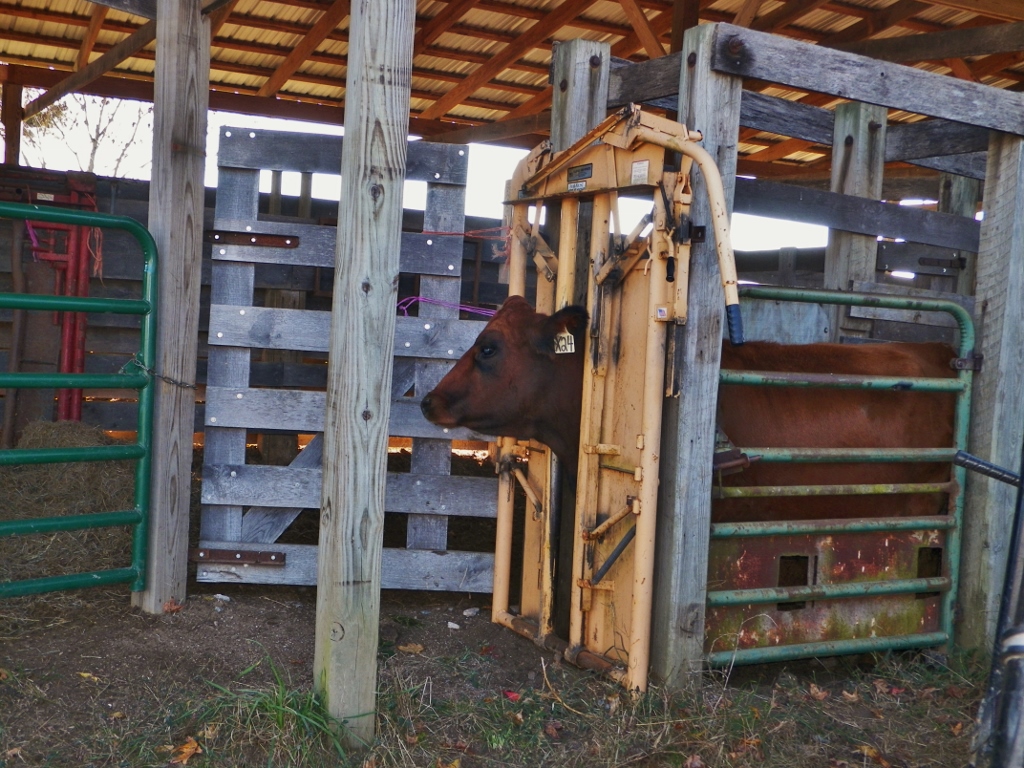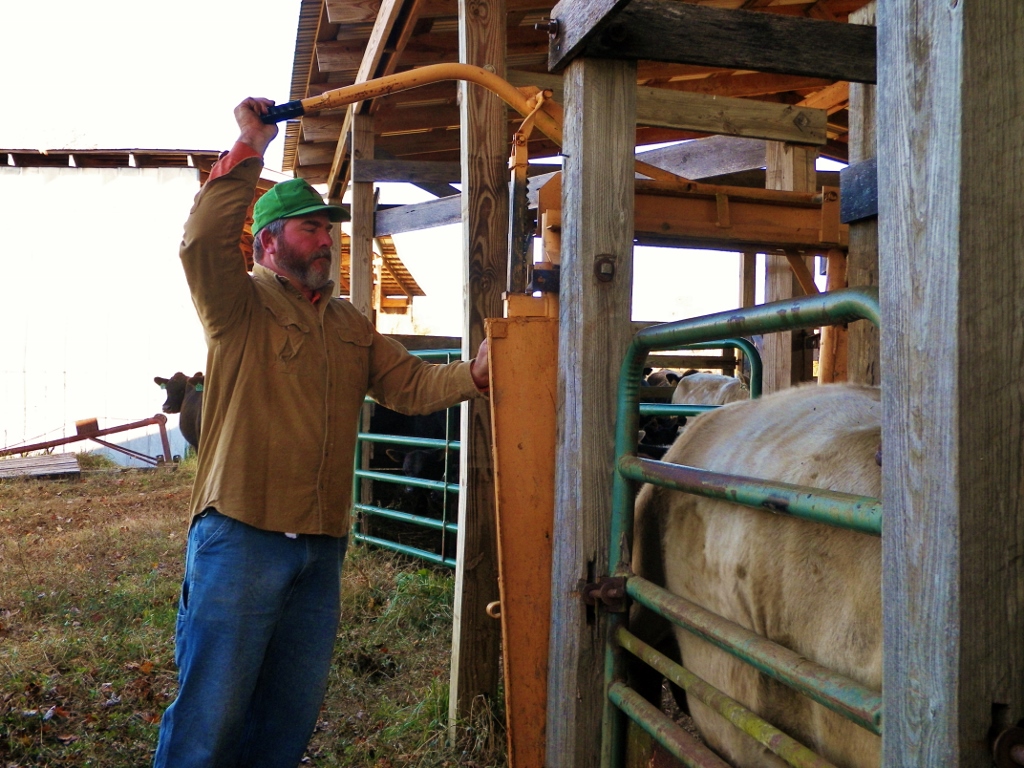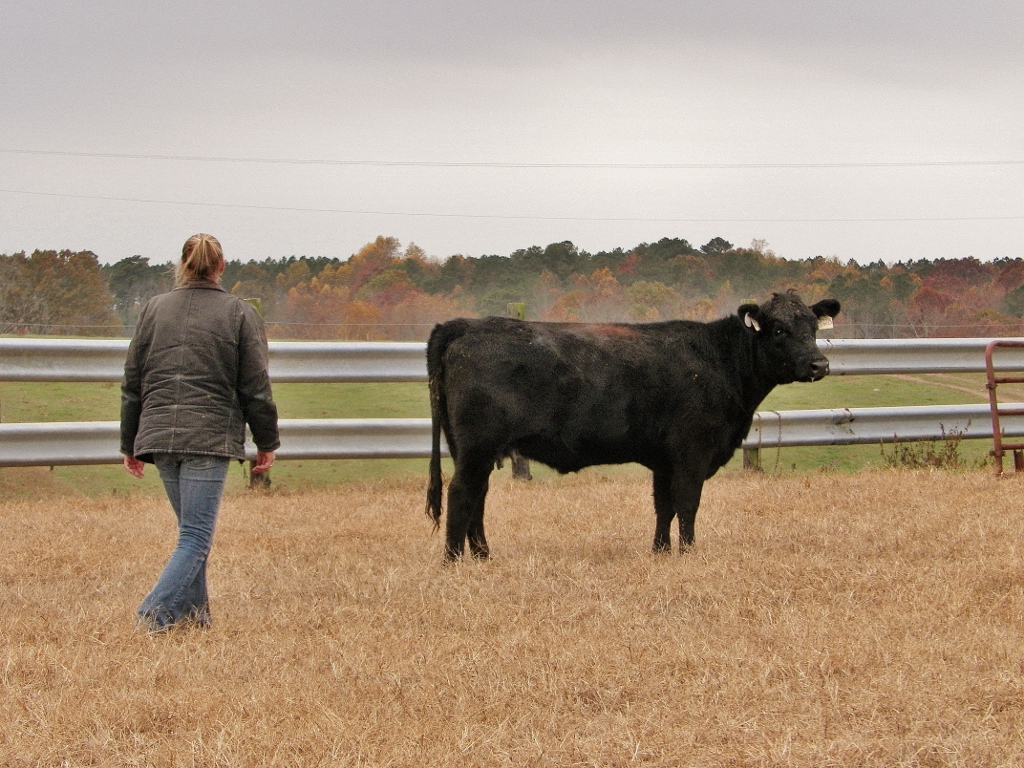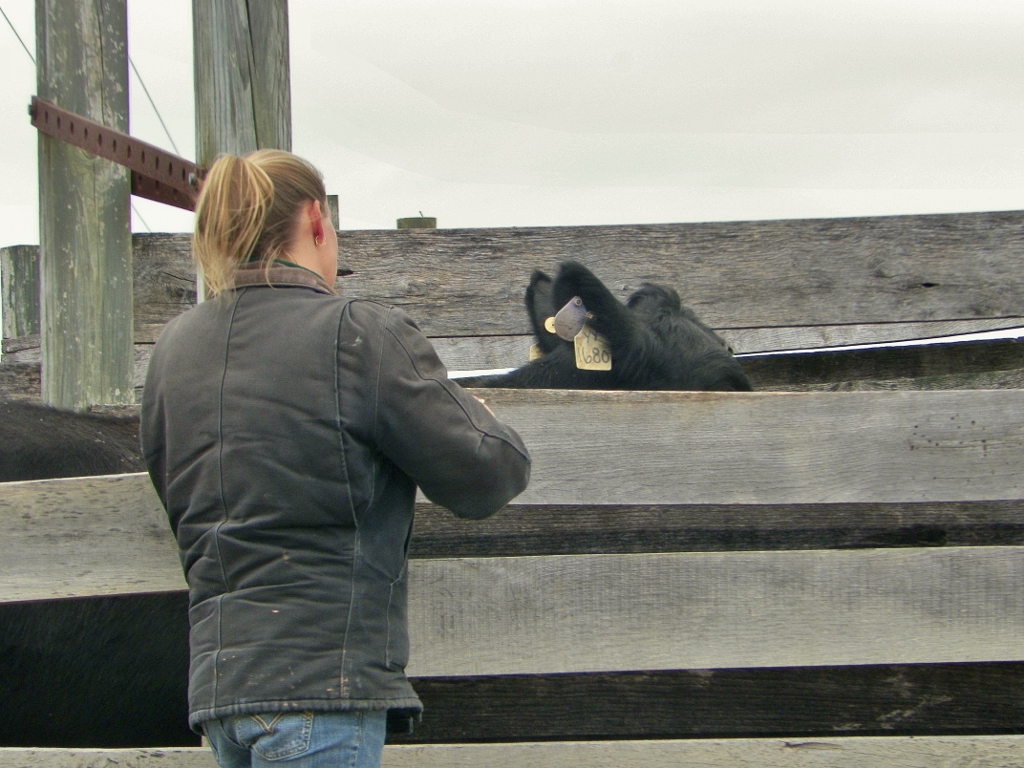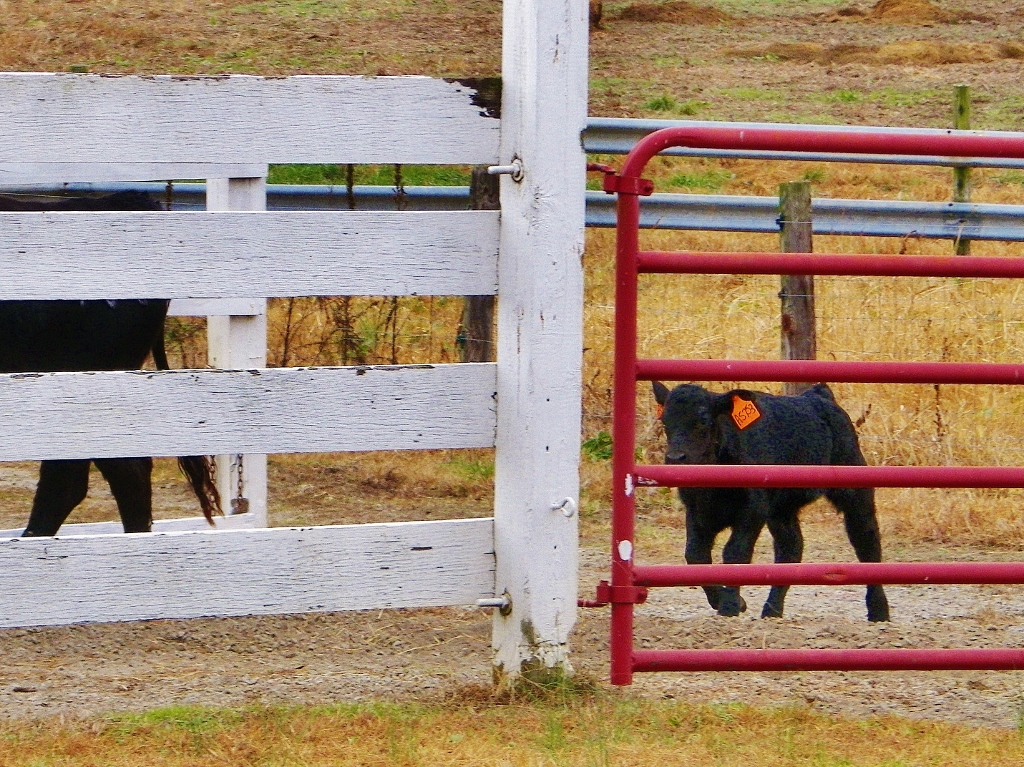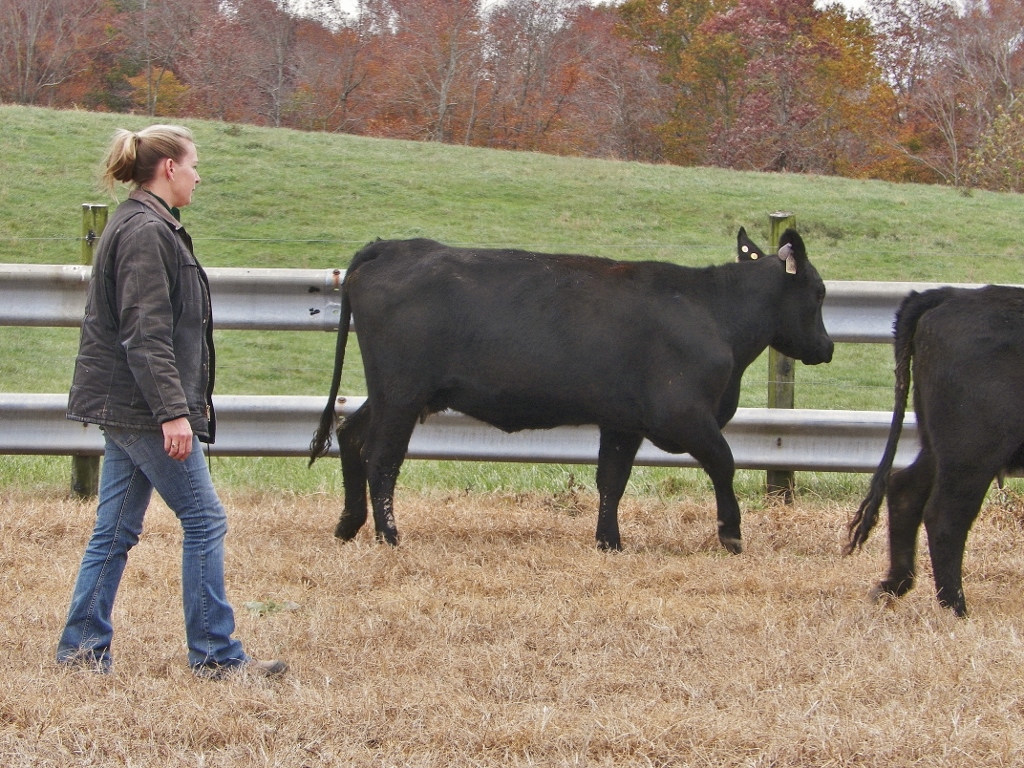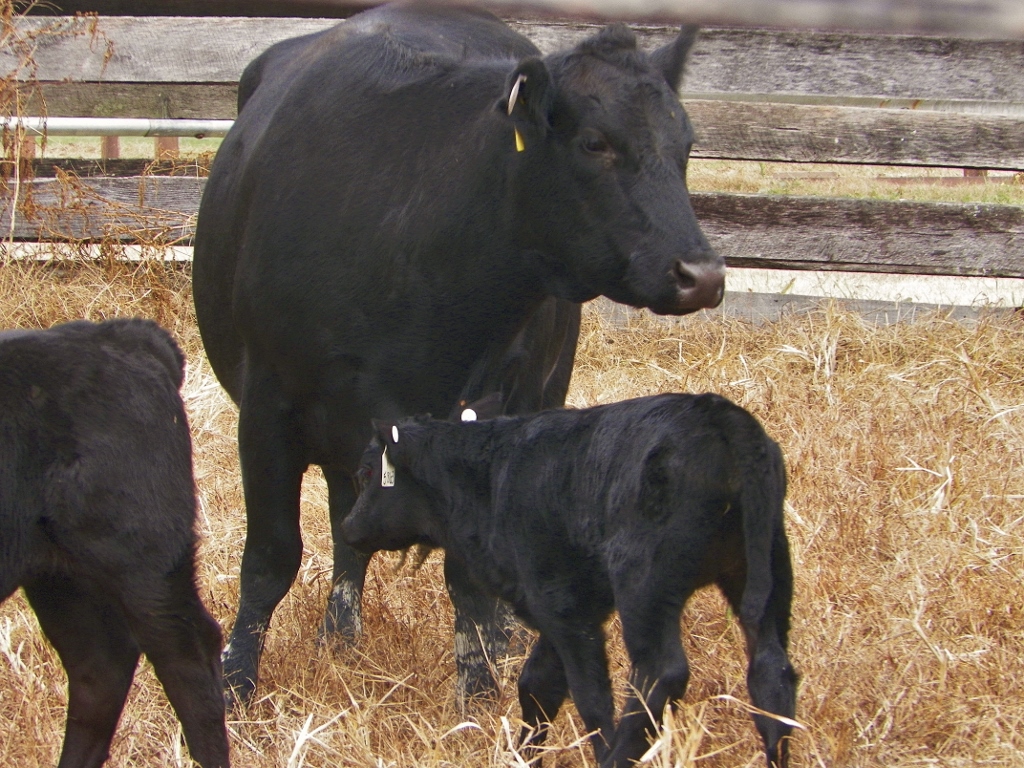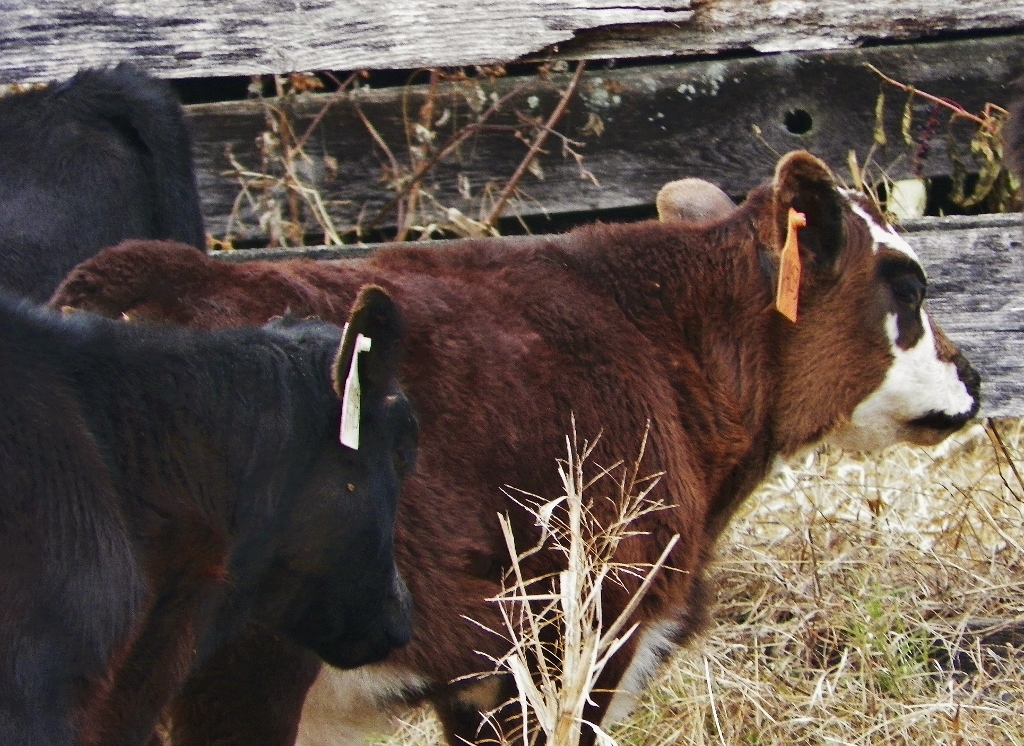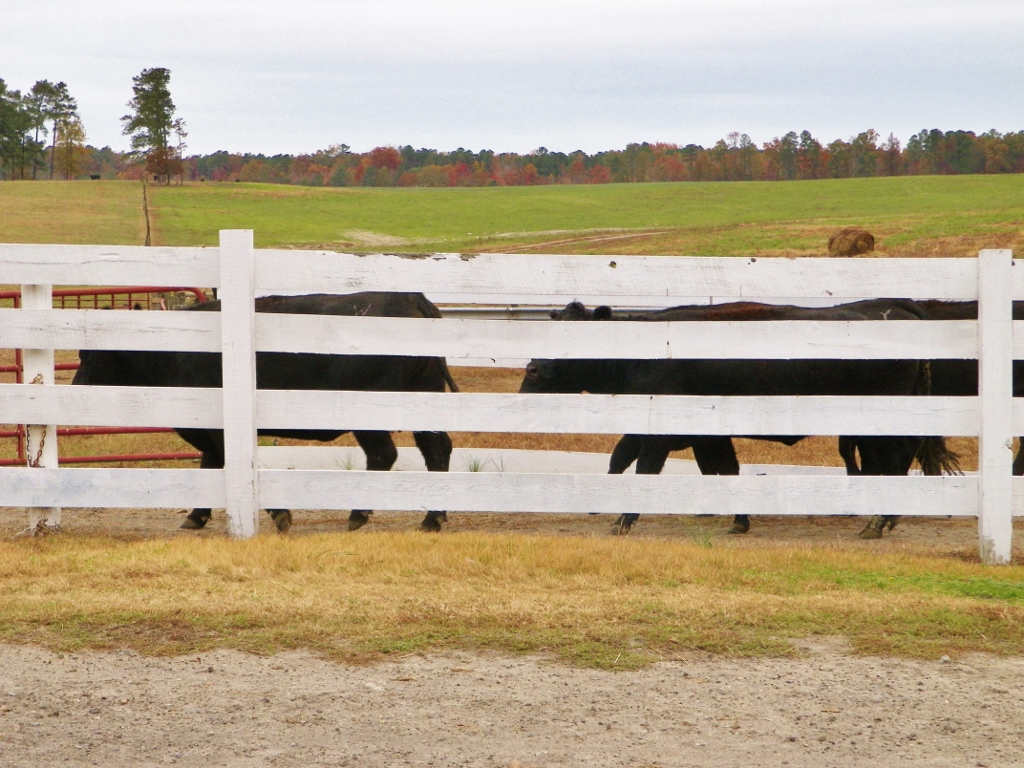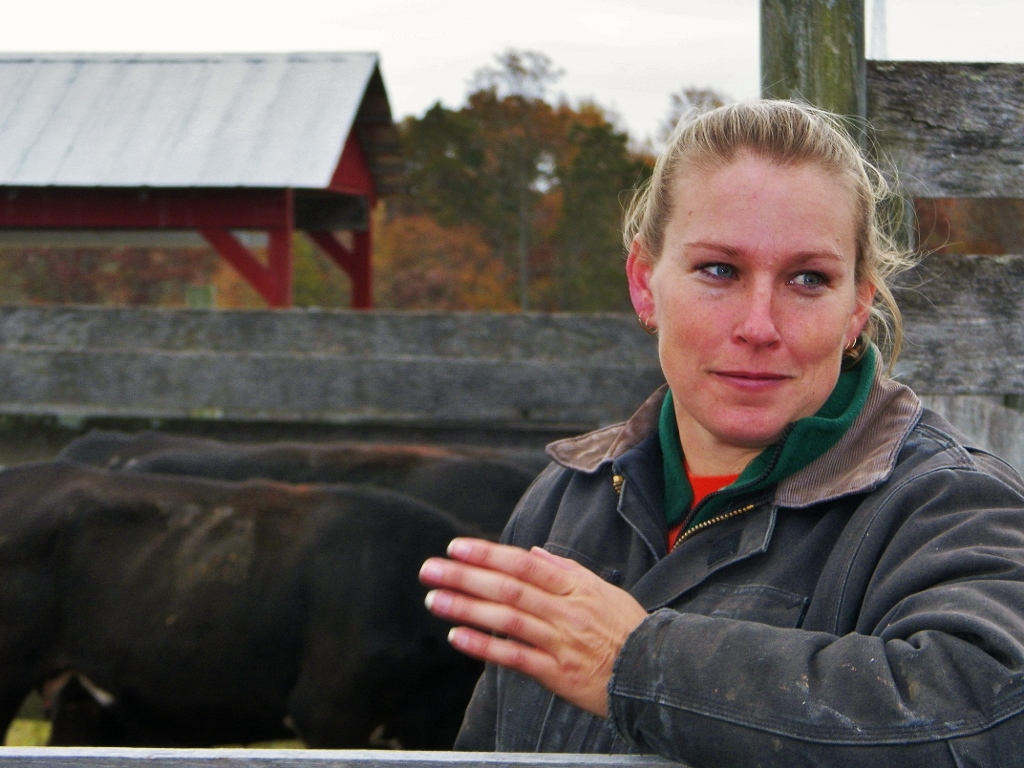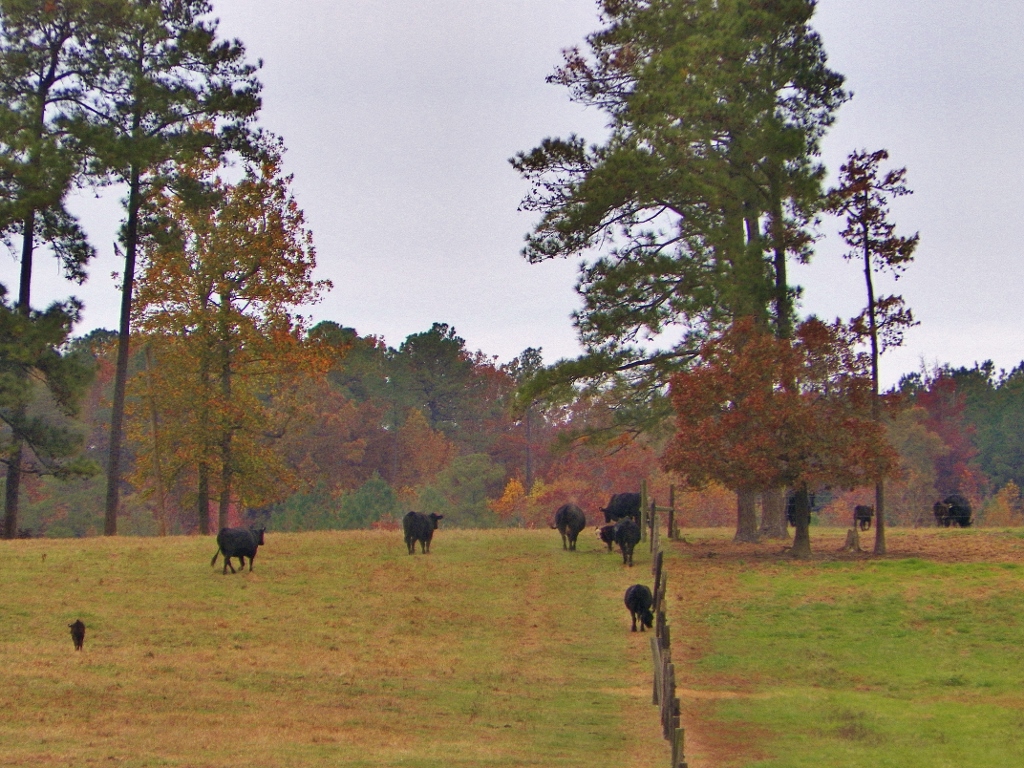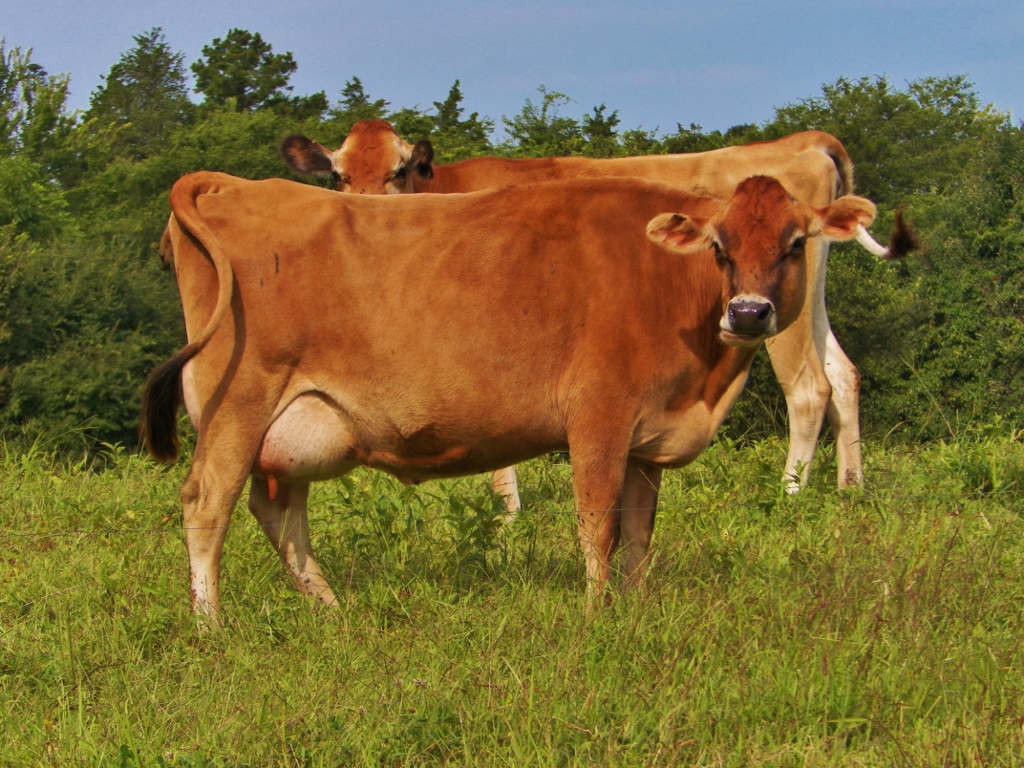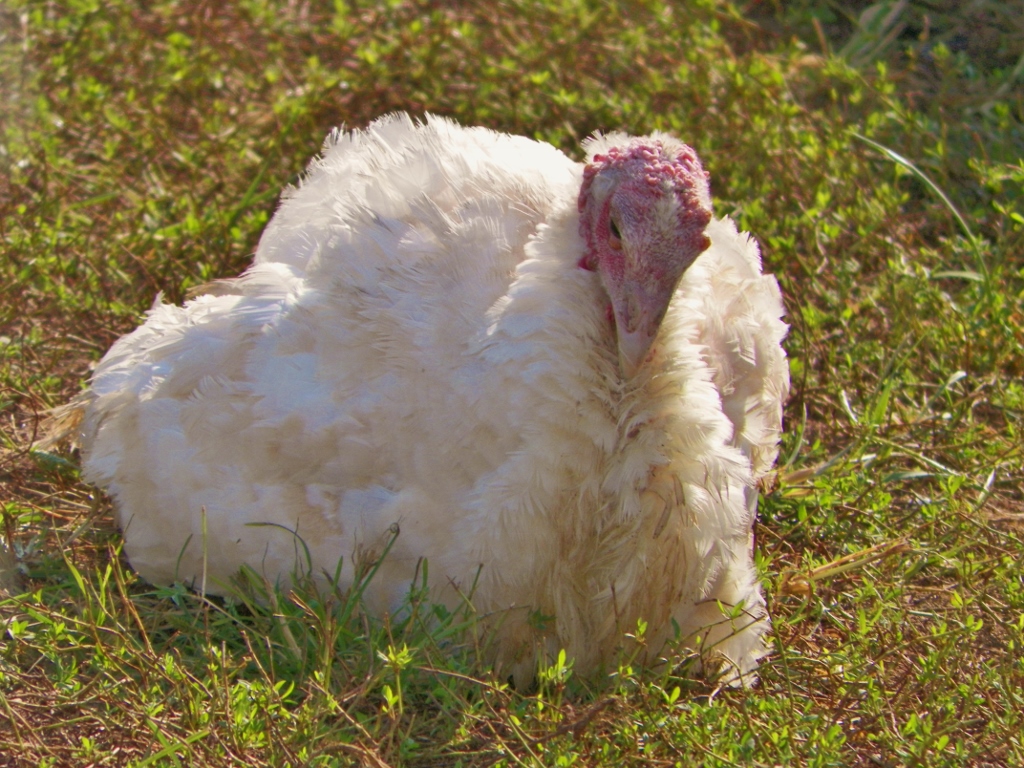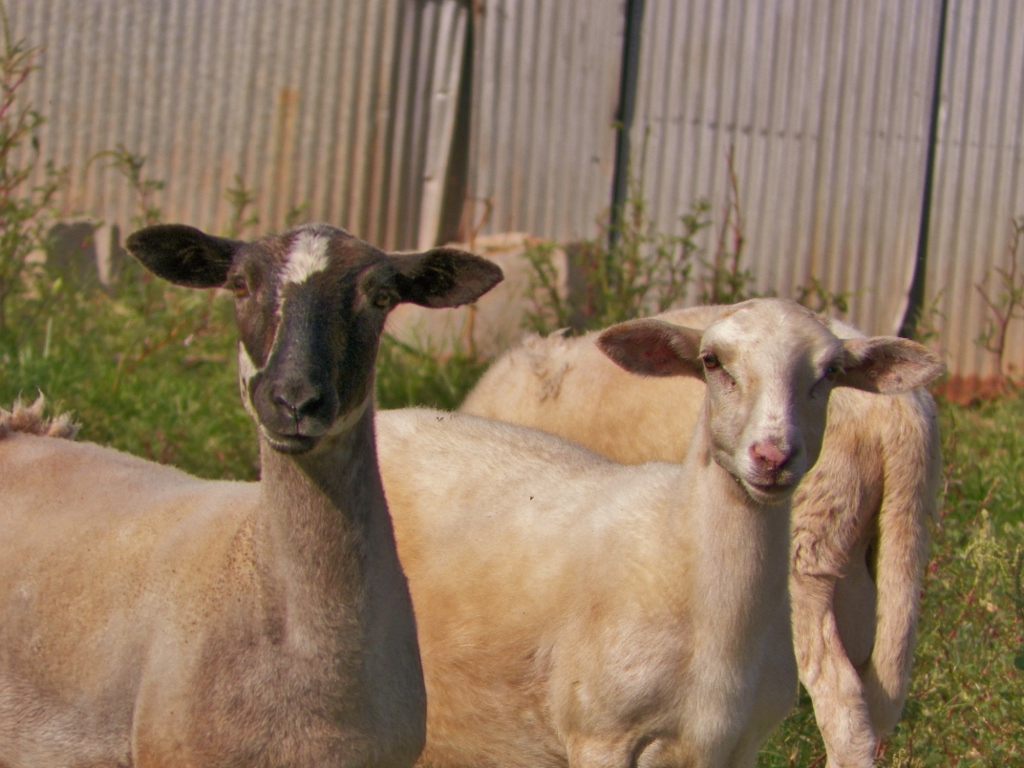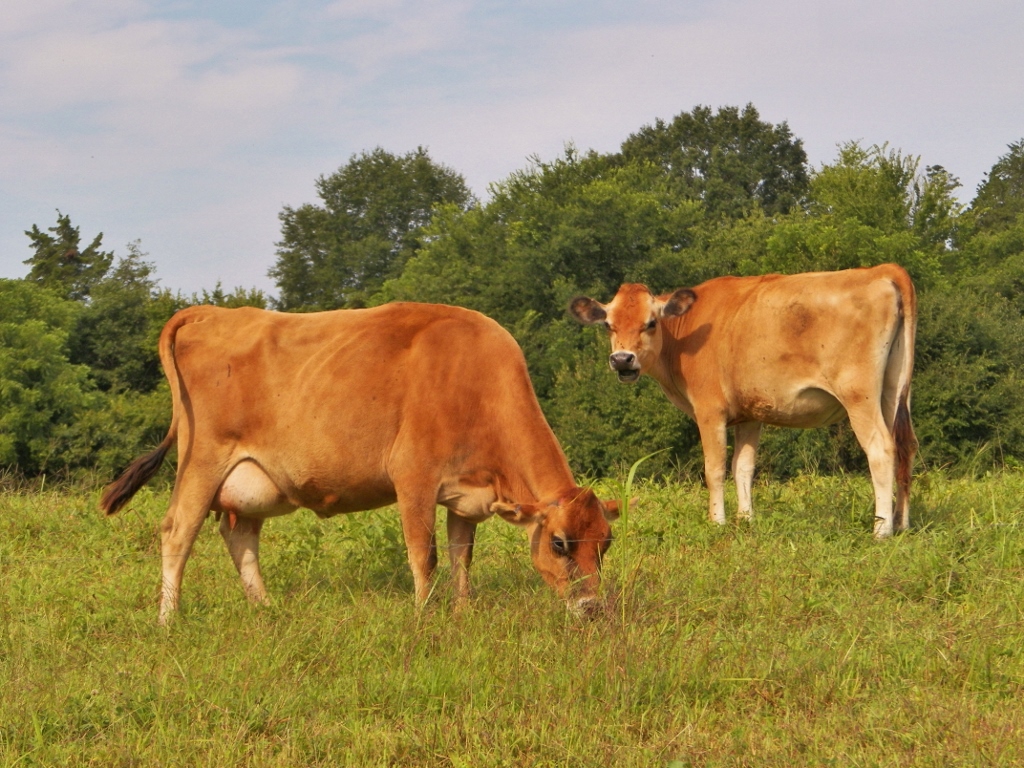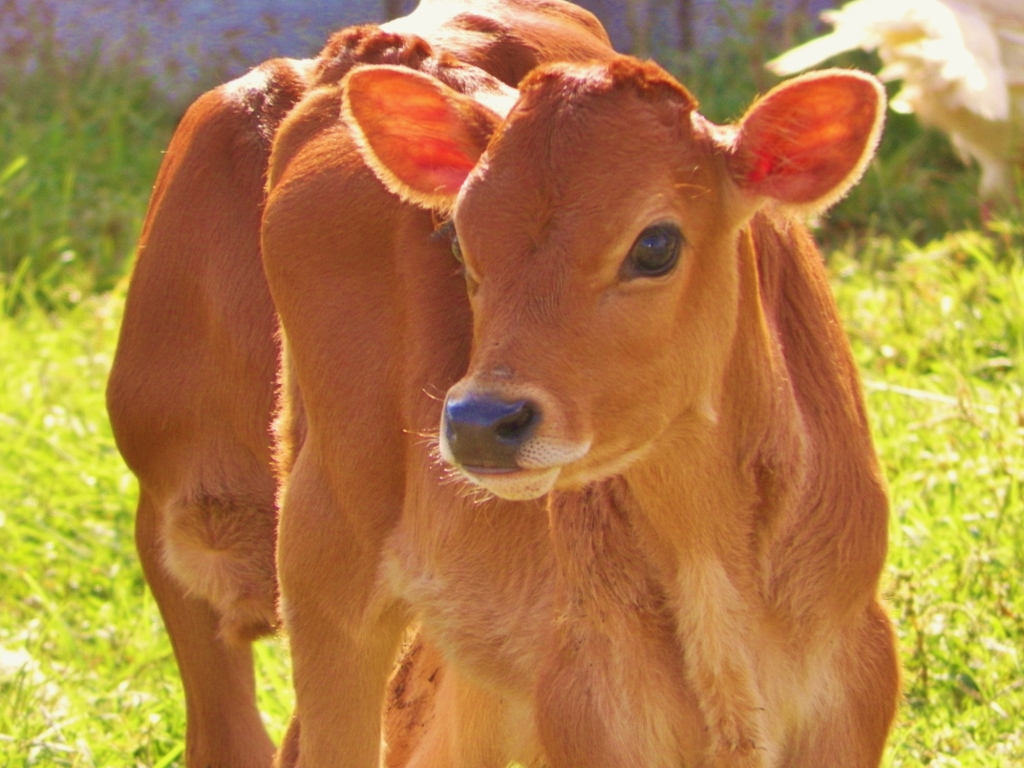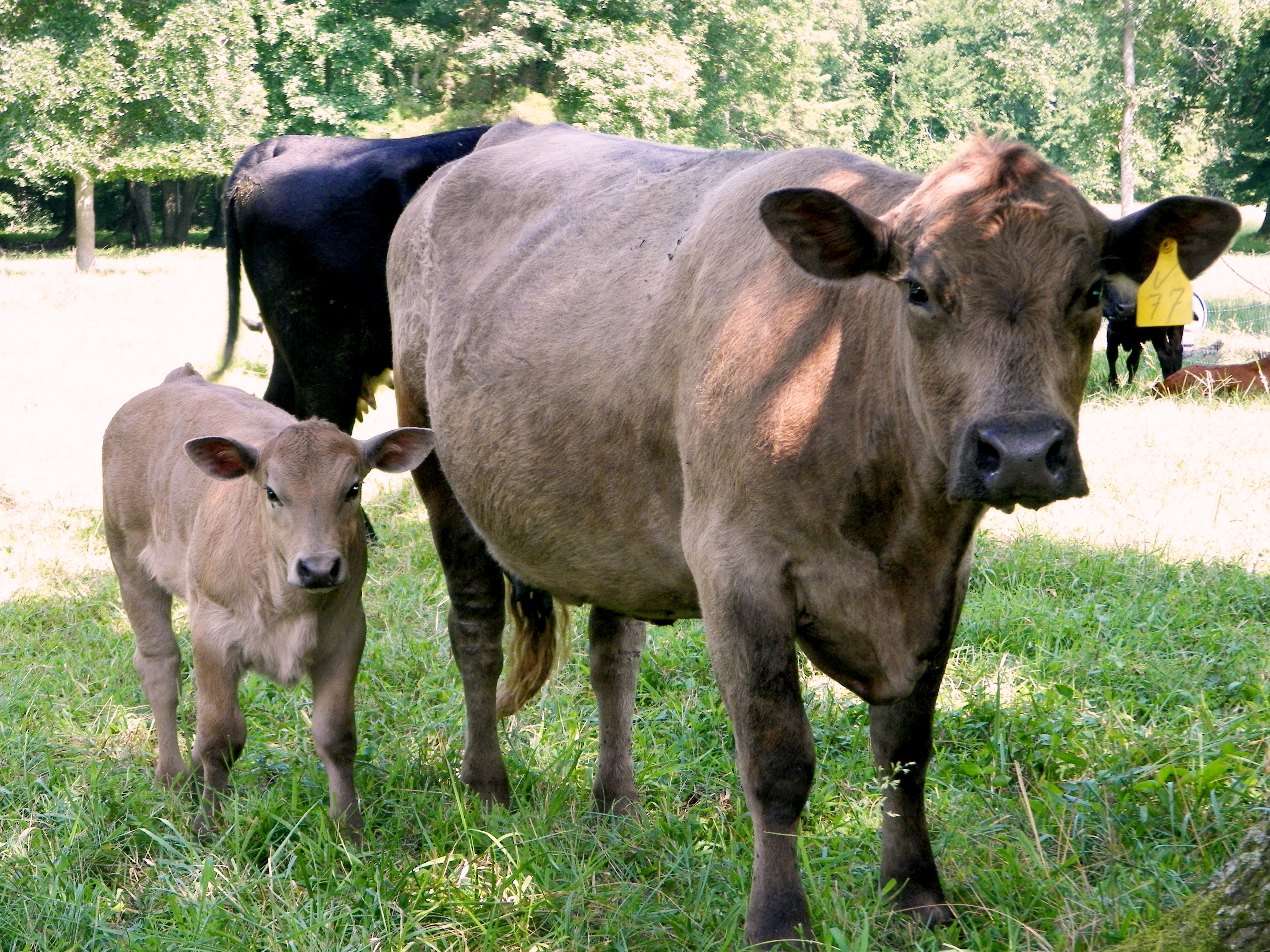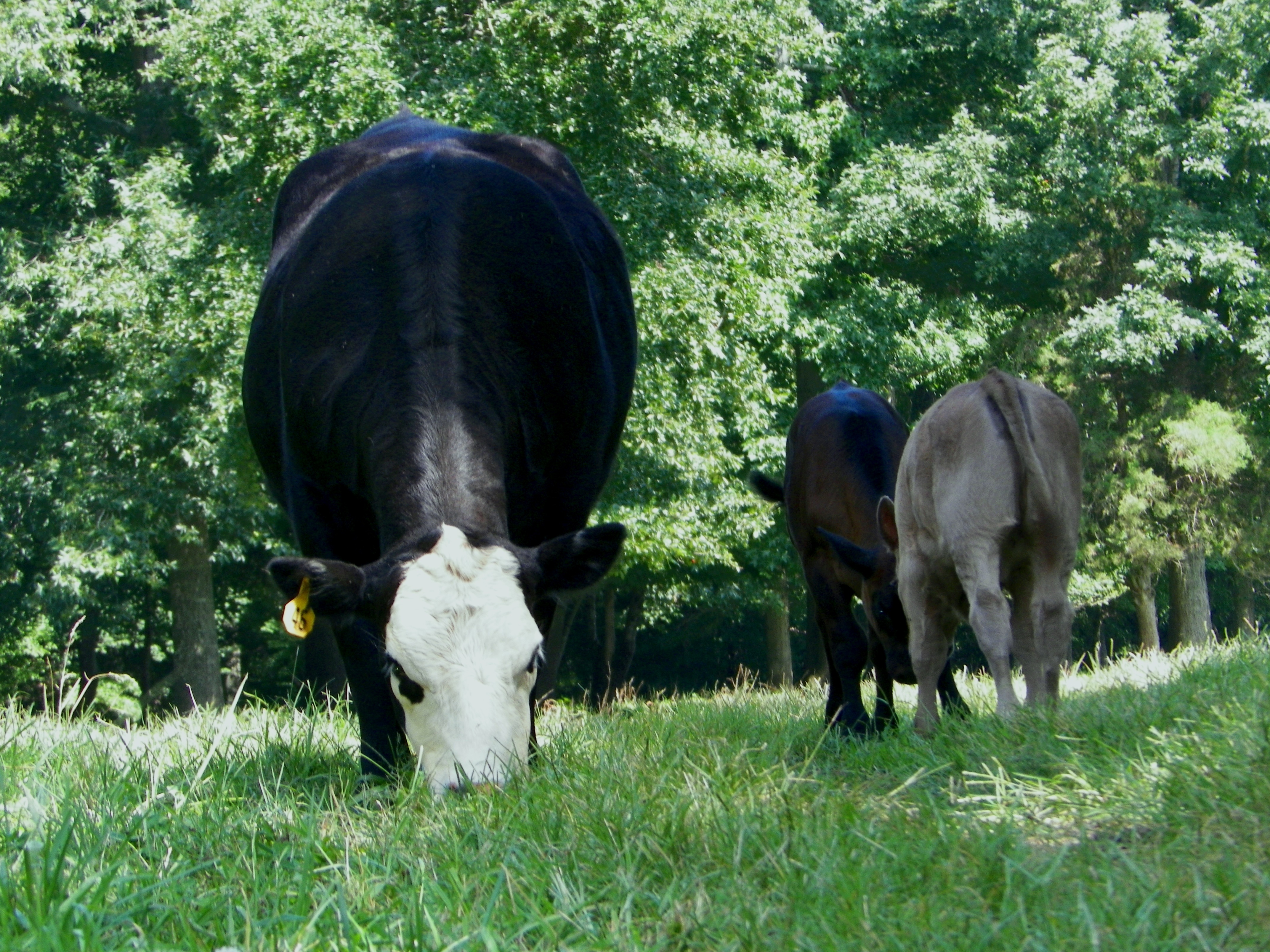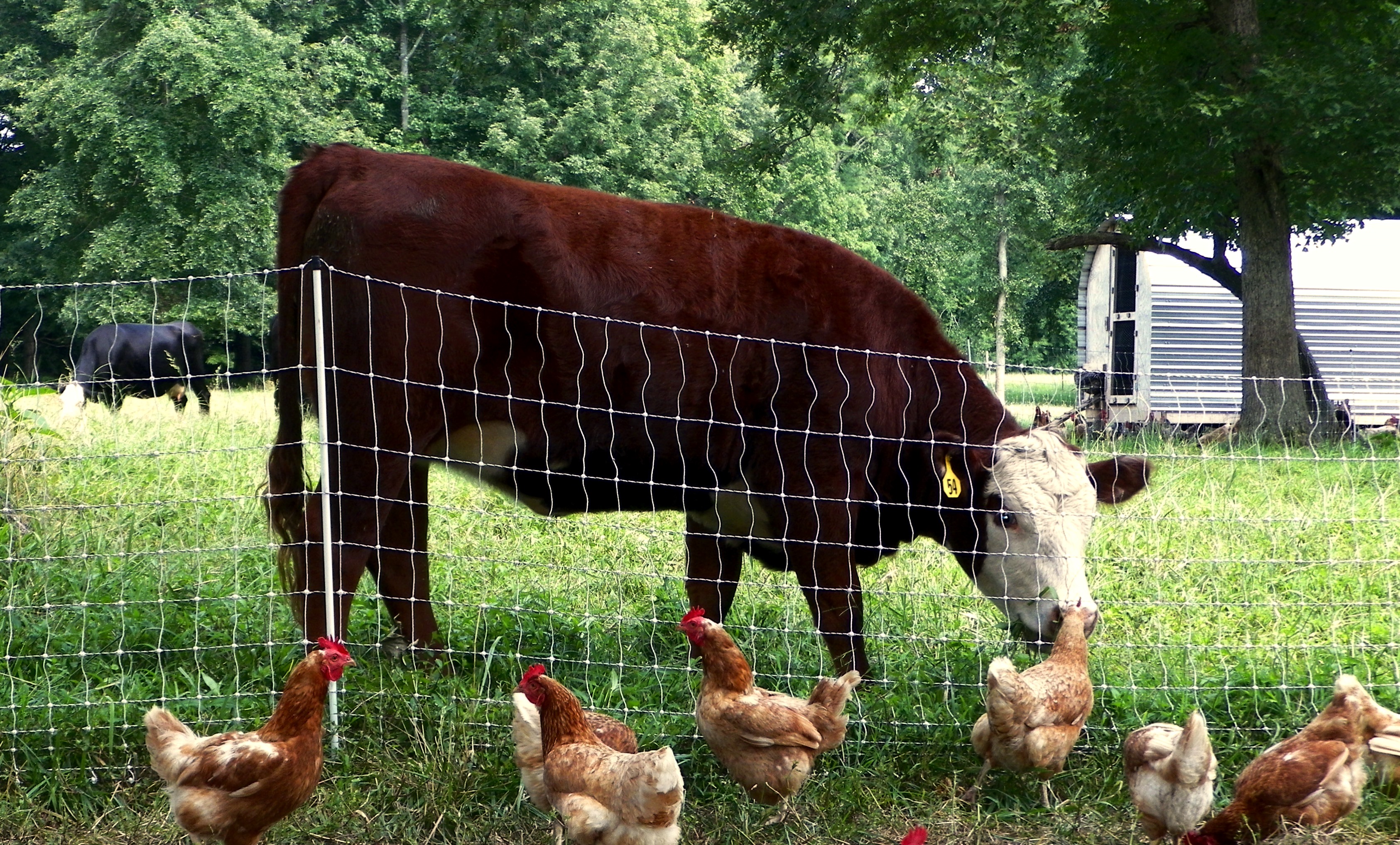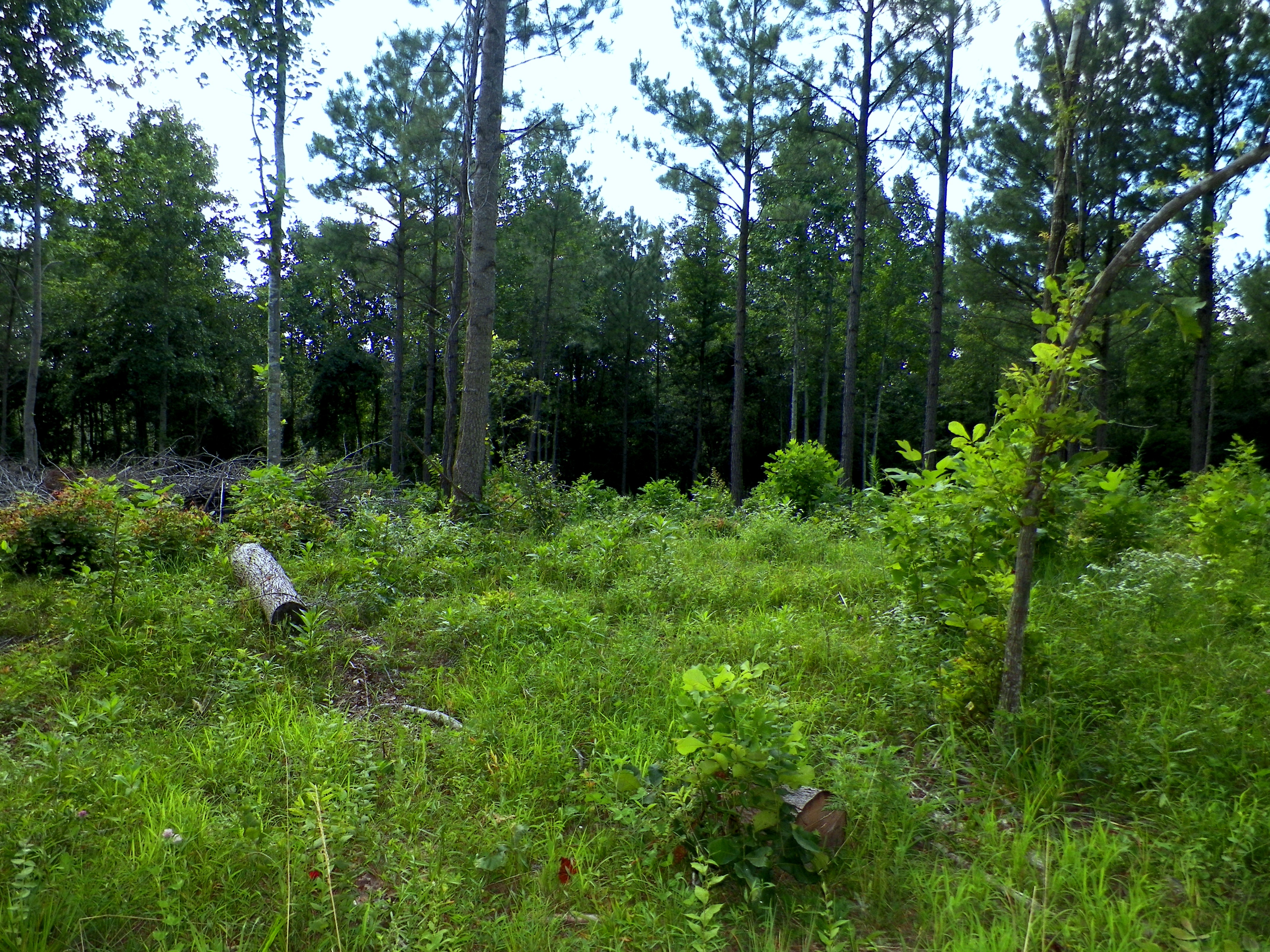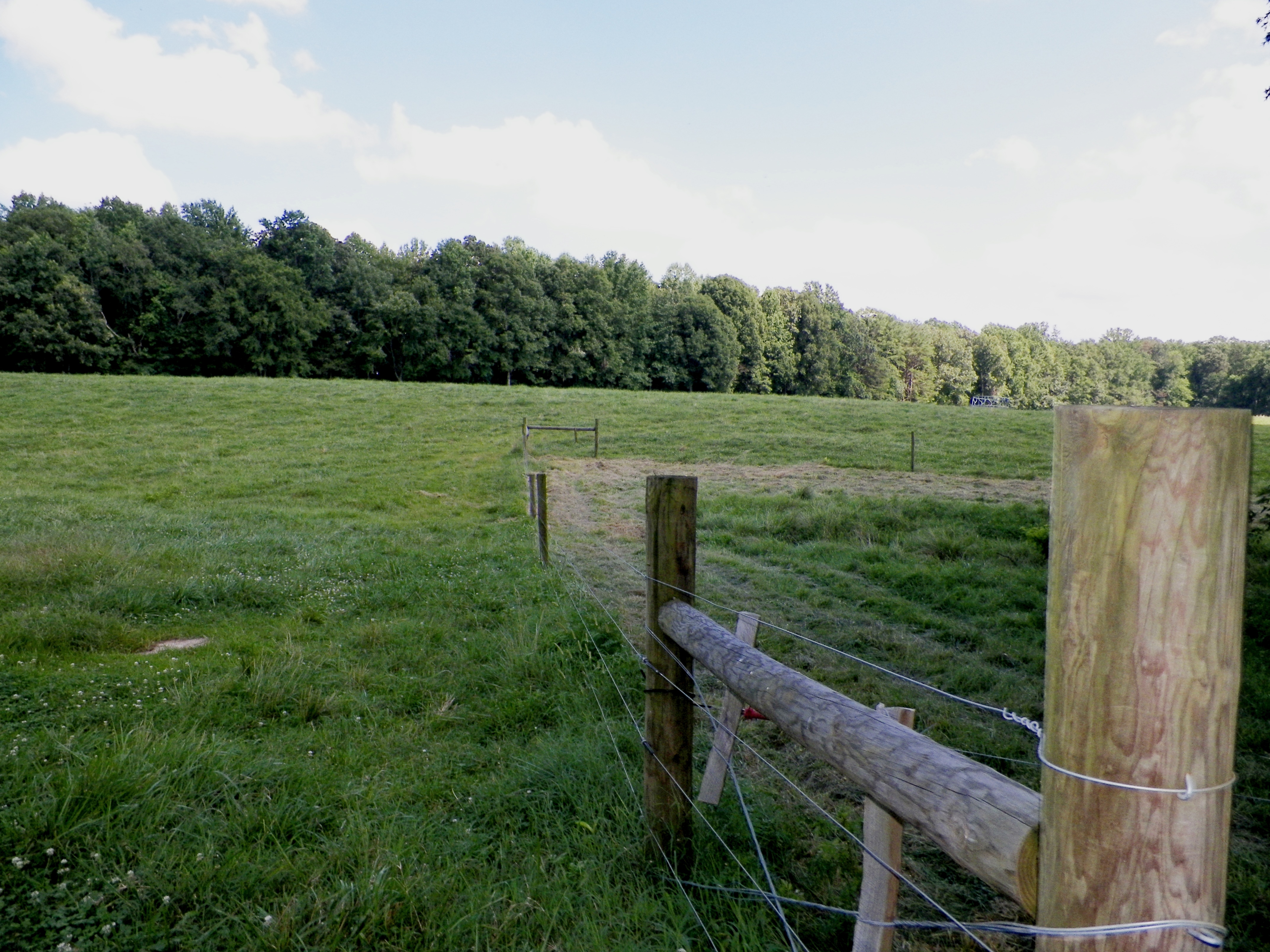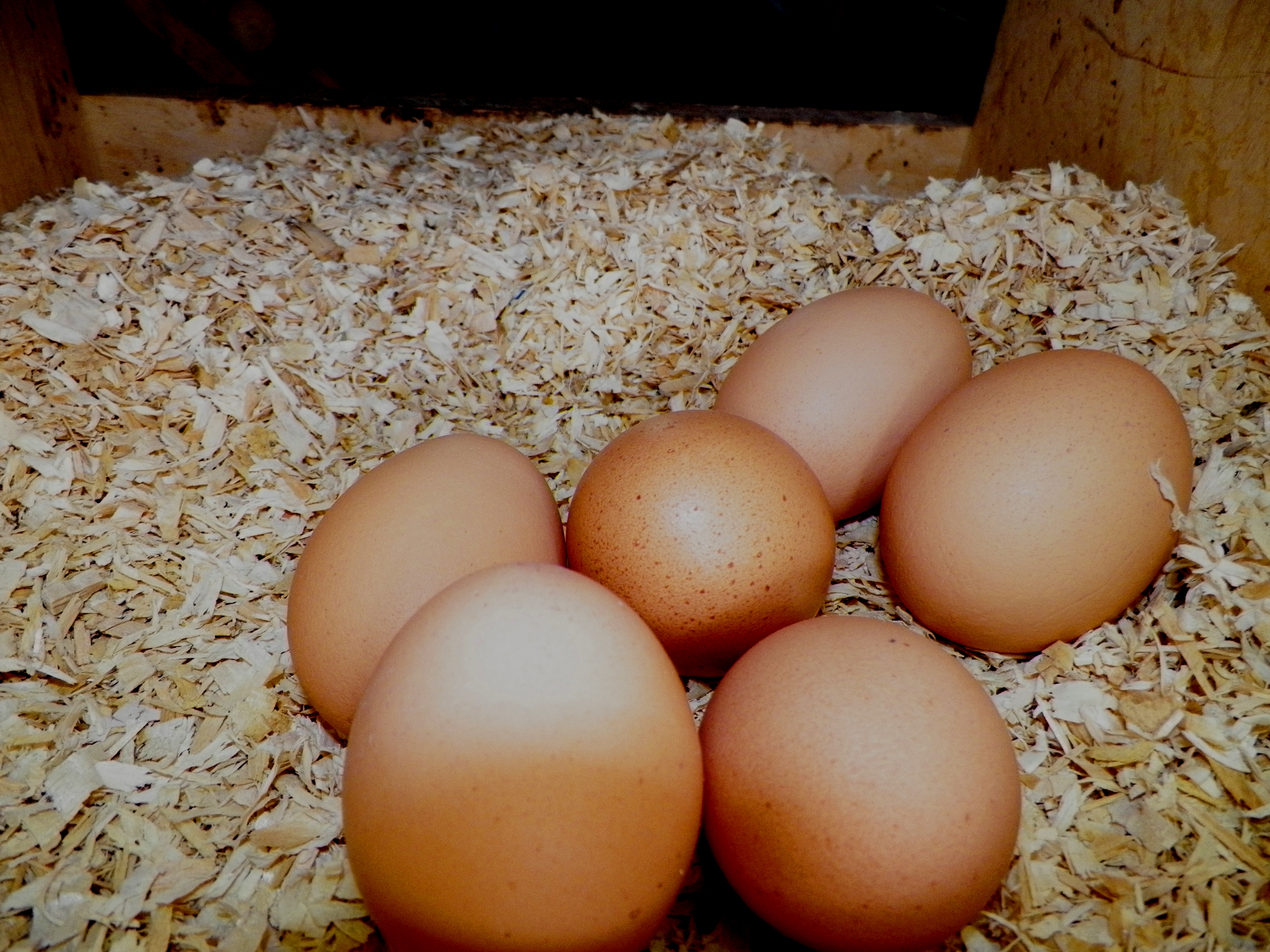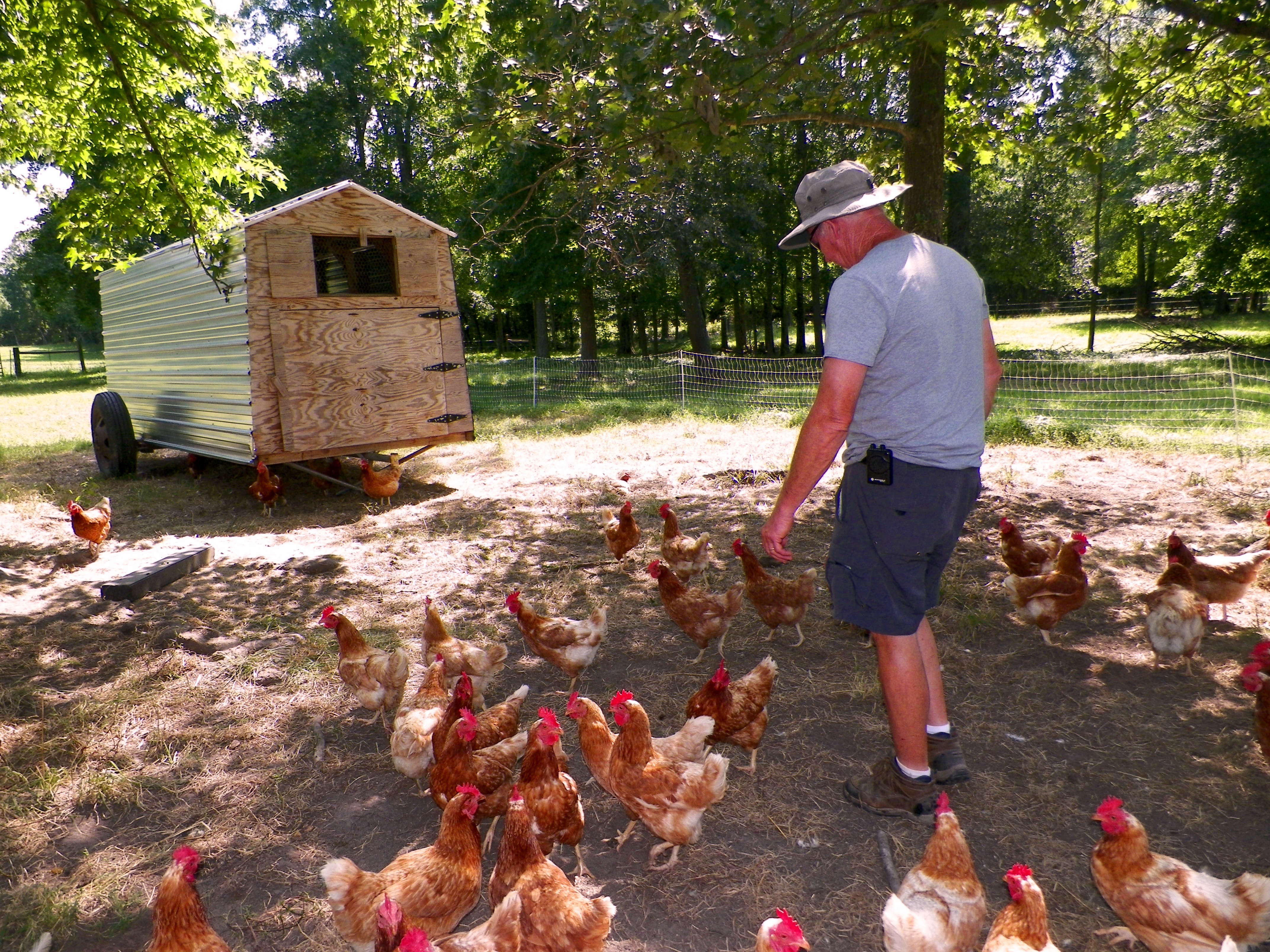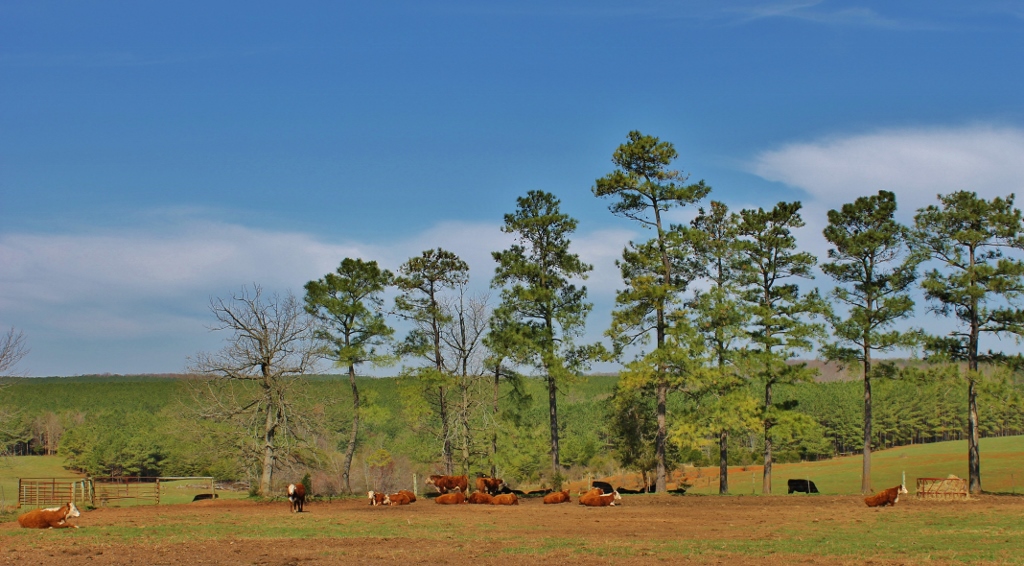 The farm, operated by the Bennett family, has a rich history of influencing the cattle industry since 1944 through high-quality seedstock genetics. Respect for the Knoll Crest breeding program is affirmed by the presence of faithful buyers at the annual fall and spring sales who purchase bulls for their operations. Some of the top bulls are acquired by semen companies for use as artificial insemination service sires.
The farm, operated by the Bennett family, has a rich history of influencing the cattle industry since 1944 through high-quality seedstock genetics. Respect for the Knoll Crest breeding program is affirmed by the presence of faithful buyers at the annual fall and spring sales who purchase bulls for their operations. Some of the top bulls are acquired by semen companies for use as artificial insemination service sires.
Like many farms in Virginia, Knoll Crest had its origins as a tobacco and cattle operation starting in 1929. James and Paul D. Bennett acquired their first purebred polled Hereford in 1944, setting the stage for a future as a seedstock operation.
Unlike commercial cow-calf operations in Virginia, which produce weaned calves for feedlot buyers and may utilize crossbred and grade brood cows to meet the needs of the beef market, seedstock operations like Knoll Crest aim to develop and improve the genetics of purebred animals. Seedstock producers keep performance records on their animals, which are typically registered with a breed association. Bulls, females, and even embryos and semen from seedstock operations are bought by other breeders and commercial operations who wish to add purebred influence to their herds or shift a herd’s genetic potential.
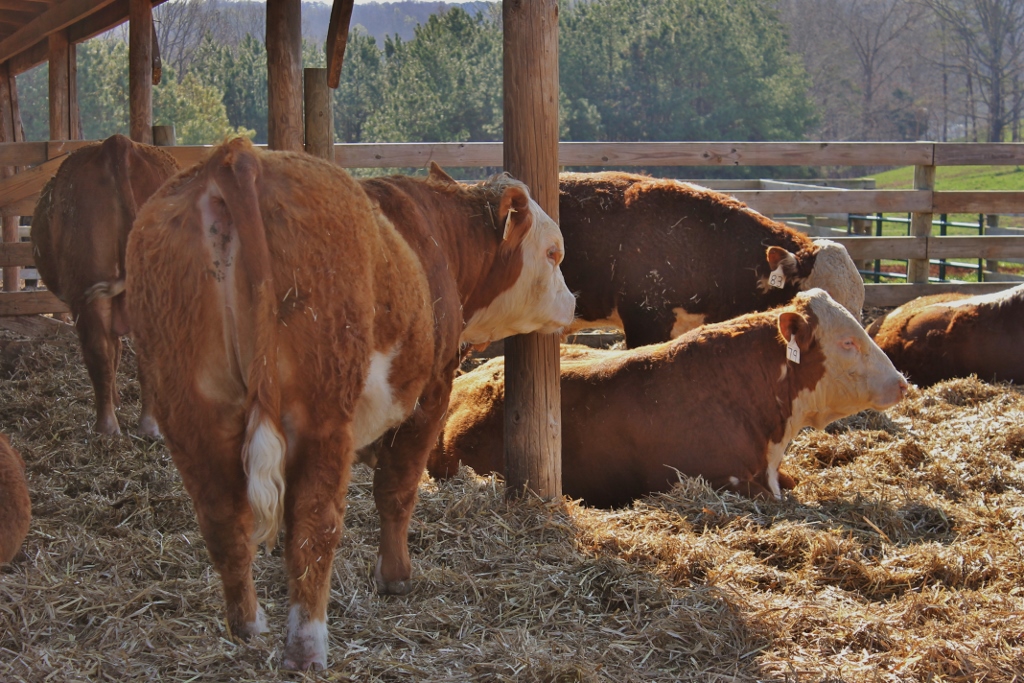 Knoll Crest Farm’s breeding program focuses on Angus, Hereford, and Gelbvieh animals. In fact, the farm was the first to bring purebred Gelbvieh cattle to Virginia. The Gelbvieh breed originated in Germany and has become popular in parts of the U.S. thanks to its excellent milk, fertility, growth, and longevity. In Virginia, Gelbviehs are most commonly used as part of a crossbreeding program, enabling producers to improve growth and maternal traits in Angus-influenced herds. In fact, Knoll Crest specializes in Gelbvieh-Angus hybrid bulls to capture the best of both worlds.
Knoll Crest Farm’s breeding program focuses on Angus, Hereford, and Gelbvieh animals. In fact, the farm was the first to bring purebred Gelbvieh cattle to Virginia. The Gelbvieh breed originated in Germany and has become popular in parts of the U.S. thanks to its excellent milk, fertility, growth, and longevity. In Virginia, Gelbviehs are most commonly used as part of a crossbreeding program, enabling producers to improve growth and maternal traits in Angus-influenced herds. In fact, Knoll Crest specializes in Gelbvieh-Angus hybrid bulls to capture the best of both worlds.
 Traditionally, many herds in Virginia have relied upon the Angus breed as the herd backbone. Knoll Crest develops Angus bulls that embody the greatest traits of the breed—carcass merit, marketability, and maternal ability. Hereford genes are also valuable in a crossbreeding program where docility is valued by the producer. Knoll Crest’s Hereford program traces back to its early days transitioning from a commercial operation to a seedstock operation.
Traditionally, many herds in Virginia have relied upon the Angus breed as the herd backbone. Knoll Crest develops Angus bulls that embody the greatest traits of the breed—carcass merit, marketability, and maternal ability. Hereford genes are also valuable in a crossbreeding program where docility is valued by the producer. Knoll Crest’s Hereford program traces back to its early days transitioning from a commercial operation to a seedstock operation.
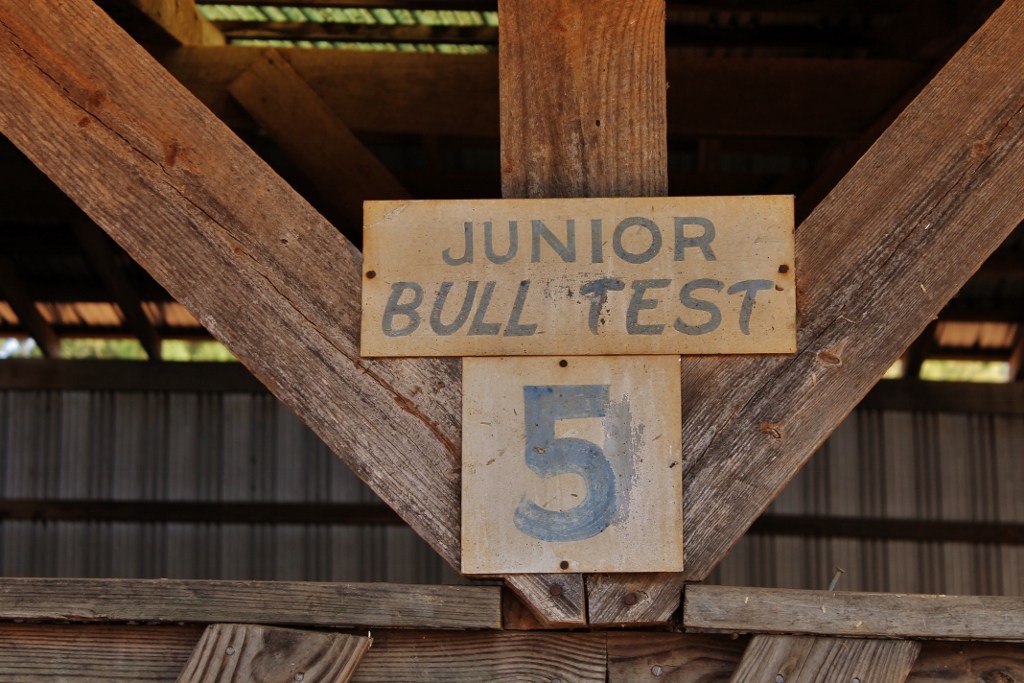 Many producers across the region have enjoyed the positive influence of Knoll Crest genetics in their herds. Despite the fact that the farm was twice named the Beef Improvement Federation’s Seedstock Producer of the Year and James Bennett was recognized in the Virginia Livestock Hall of Fame in 2012, the family remains humble and dedicated to the strong operation they have built together. The top-notch offerings from Knoll Crest may keep buyers coming back to Bull Hill for each sale, but it seems that the Bennett family’s choice to remain dedicated to their customers, committed to excellence, and genuinely interested in enjoying and serving the people they meet plays an equal role in the Knoll Crest legacy.
Many producers across the region have enjoyed the positive influence of Knoll Crest genetics in their herds. Despite the fact that the farm was twice named the Beef Improvement Federation’s Seedstock Producer of the Year and James Bennett was recognized in the Virginia Livestock Hall of Fame in 2012, the family remains humble and dedicated to the strong operation they have built together. The top-notch offerings from Knoll Crest may keep buyers coming back to Bull Hill for each sale, but it seems that the Bennett family’s choice to remain dedicated to their customers, committed to excellence, and genuinely interested in enjoying and serving the people they meet plays an equal role in the Knoll Crest legacy.
 Additional Resources for Readers:
Additional Resources for Readers:
Beef Cattle Breeds and Biological Types-publication from Virginia Cooperative Extension
Crossbreeding Beef Cattle-publication from Virginia Cooperative Extension

